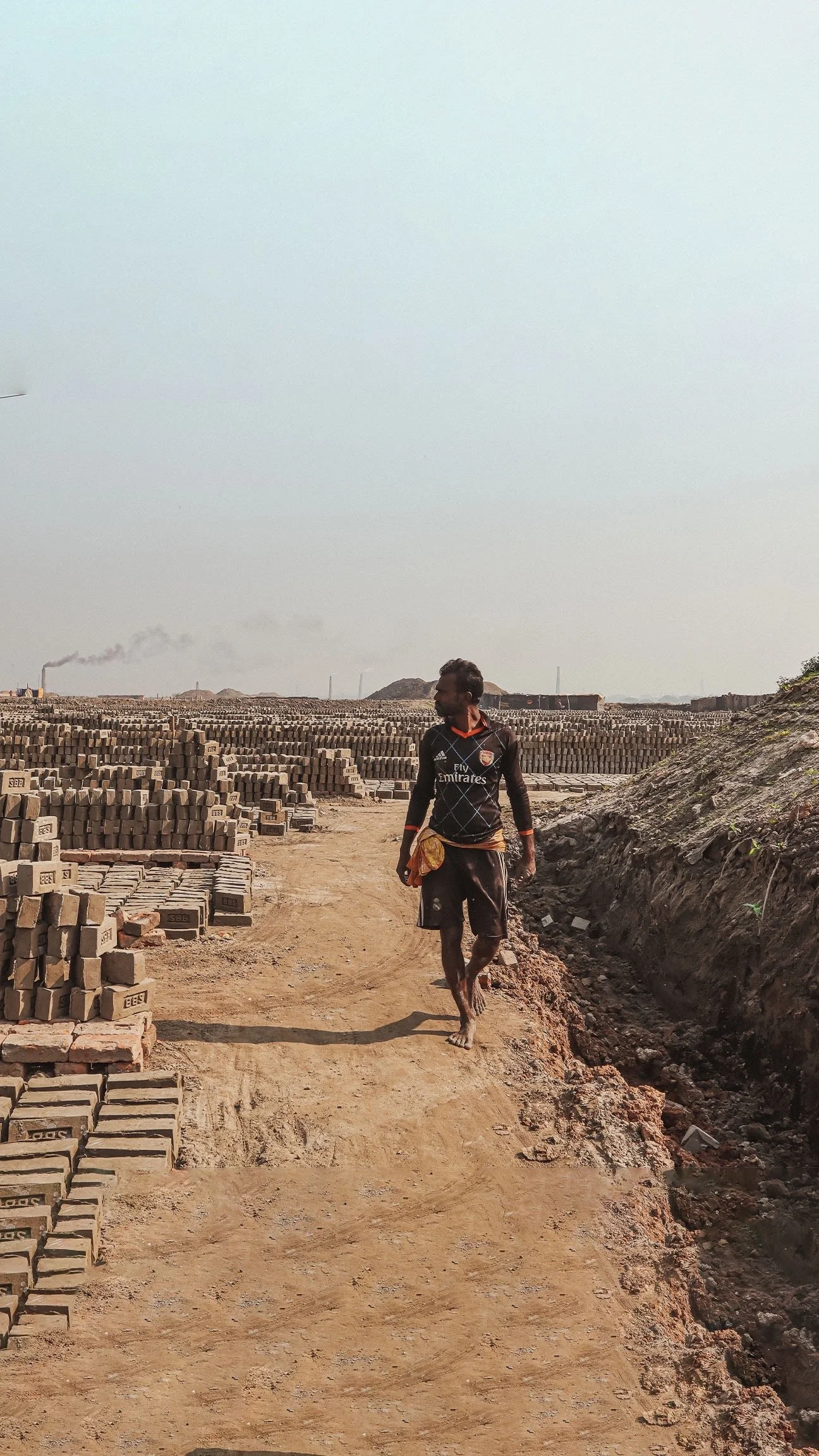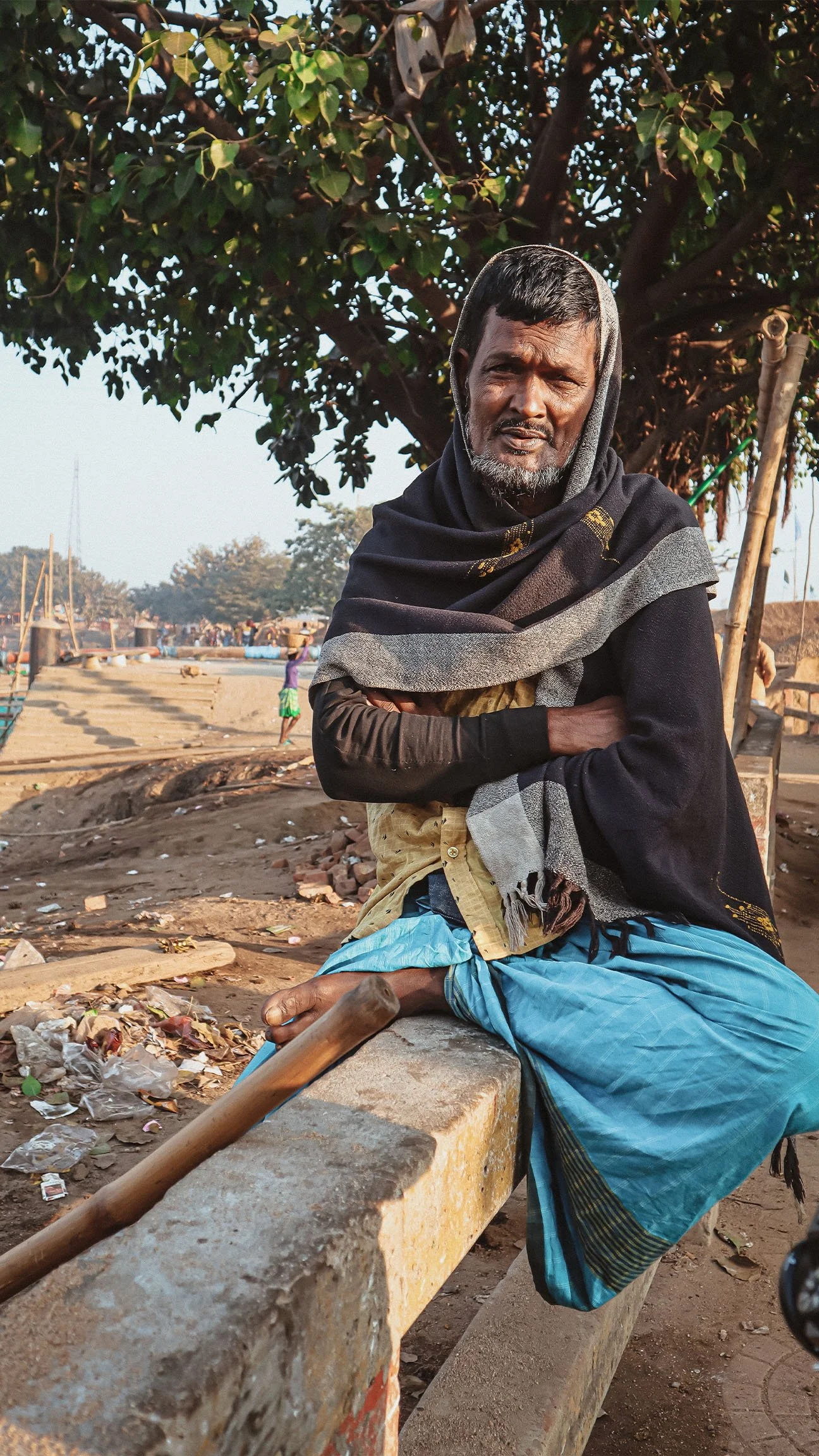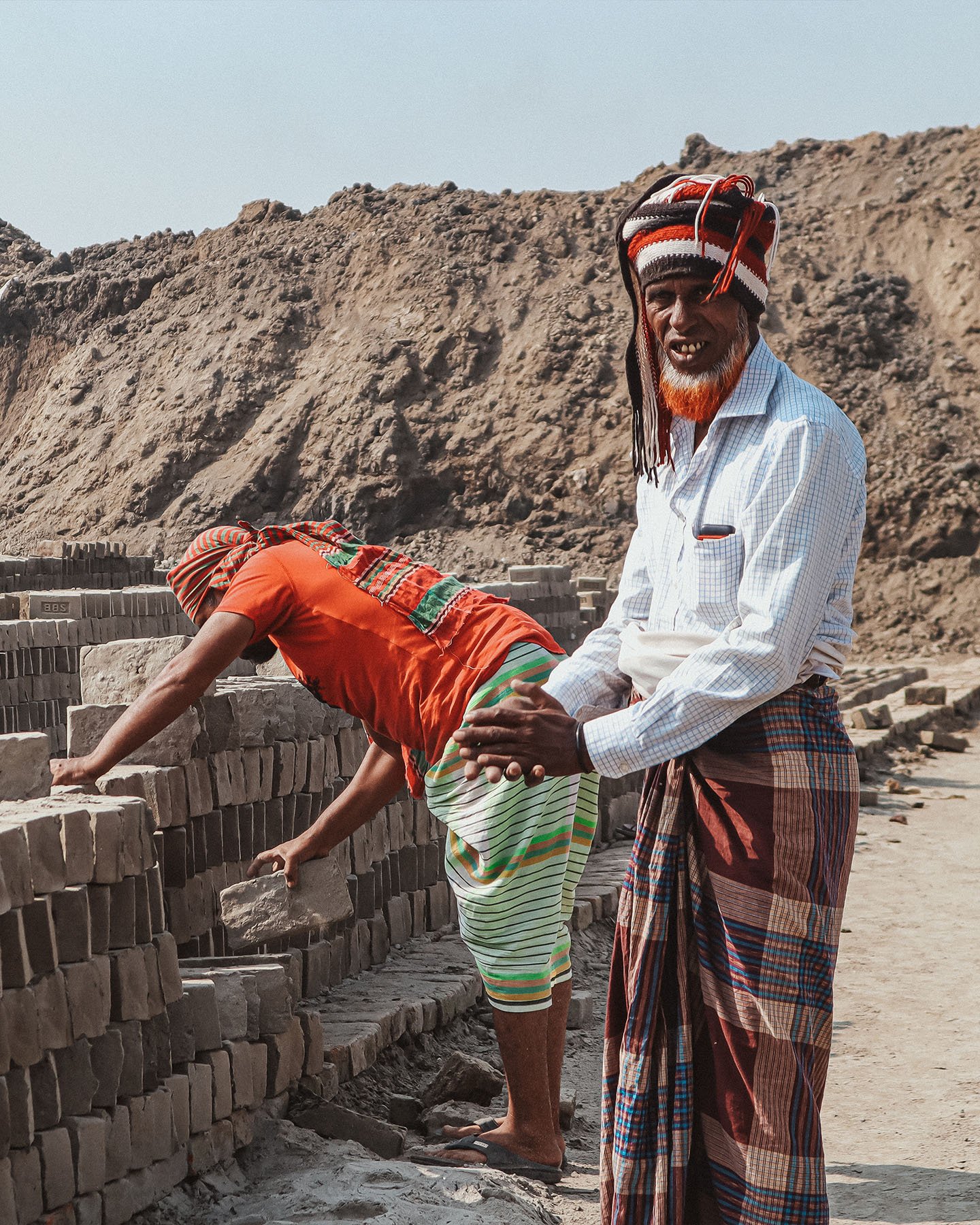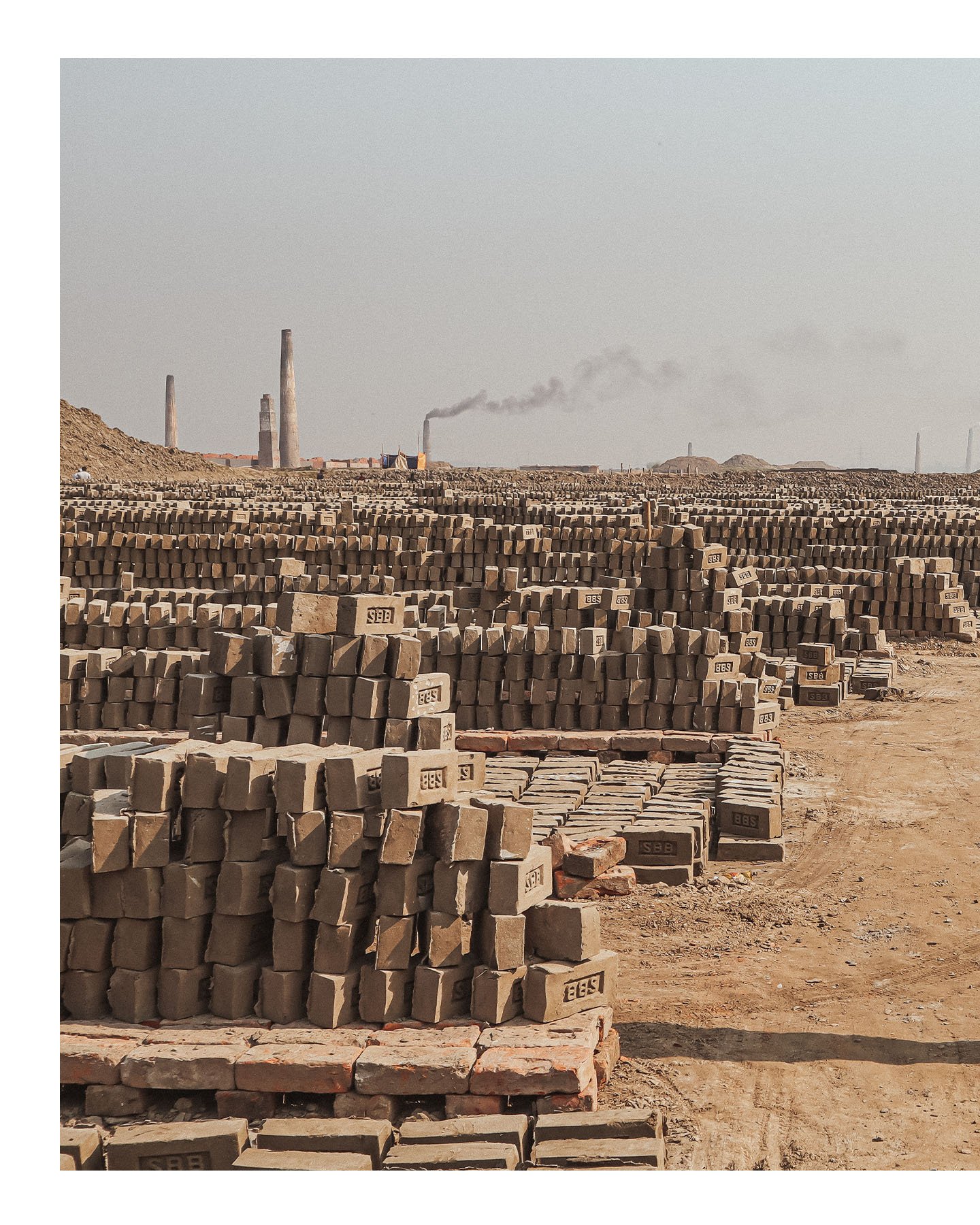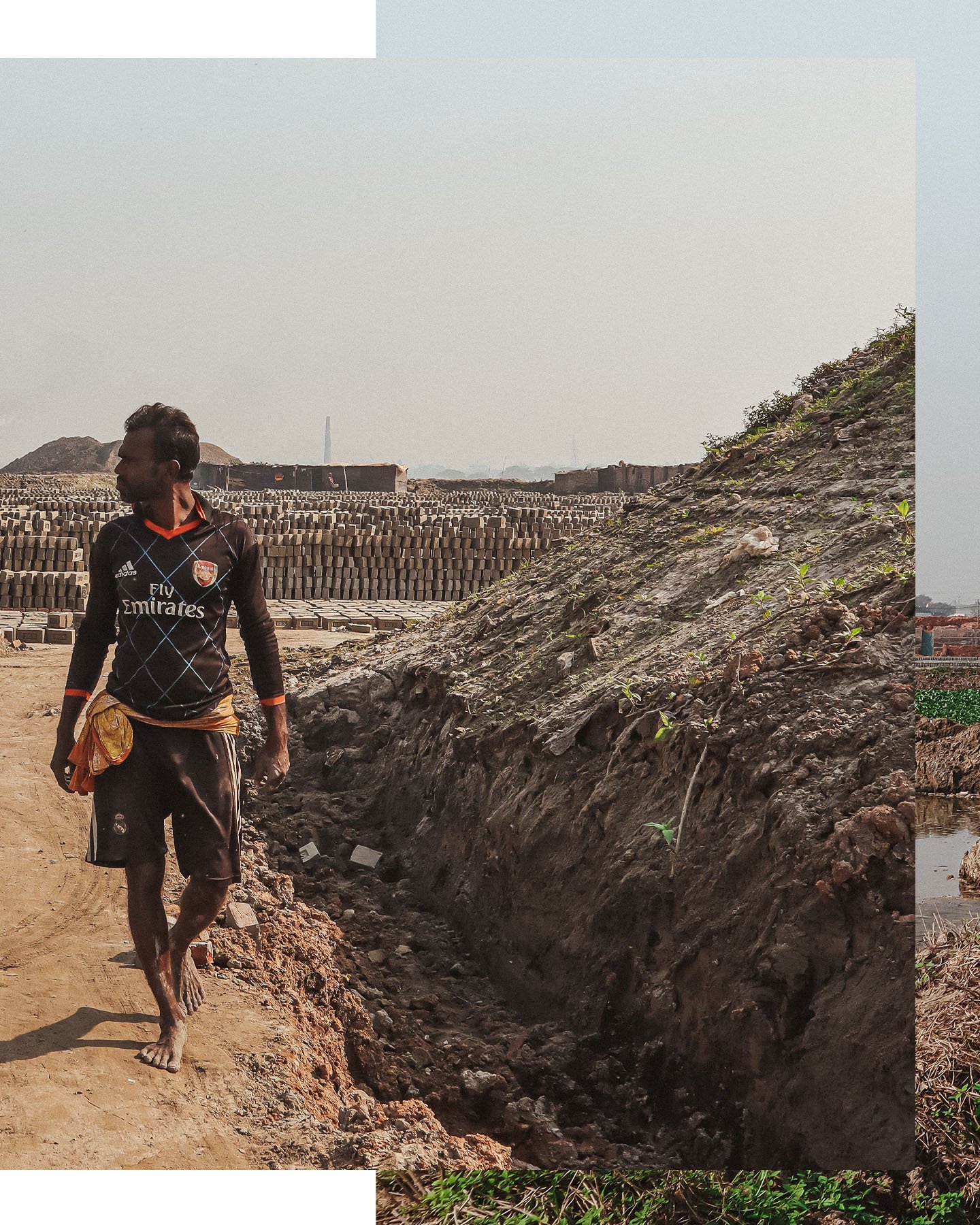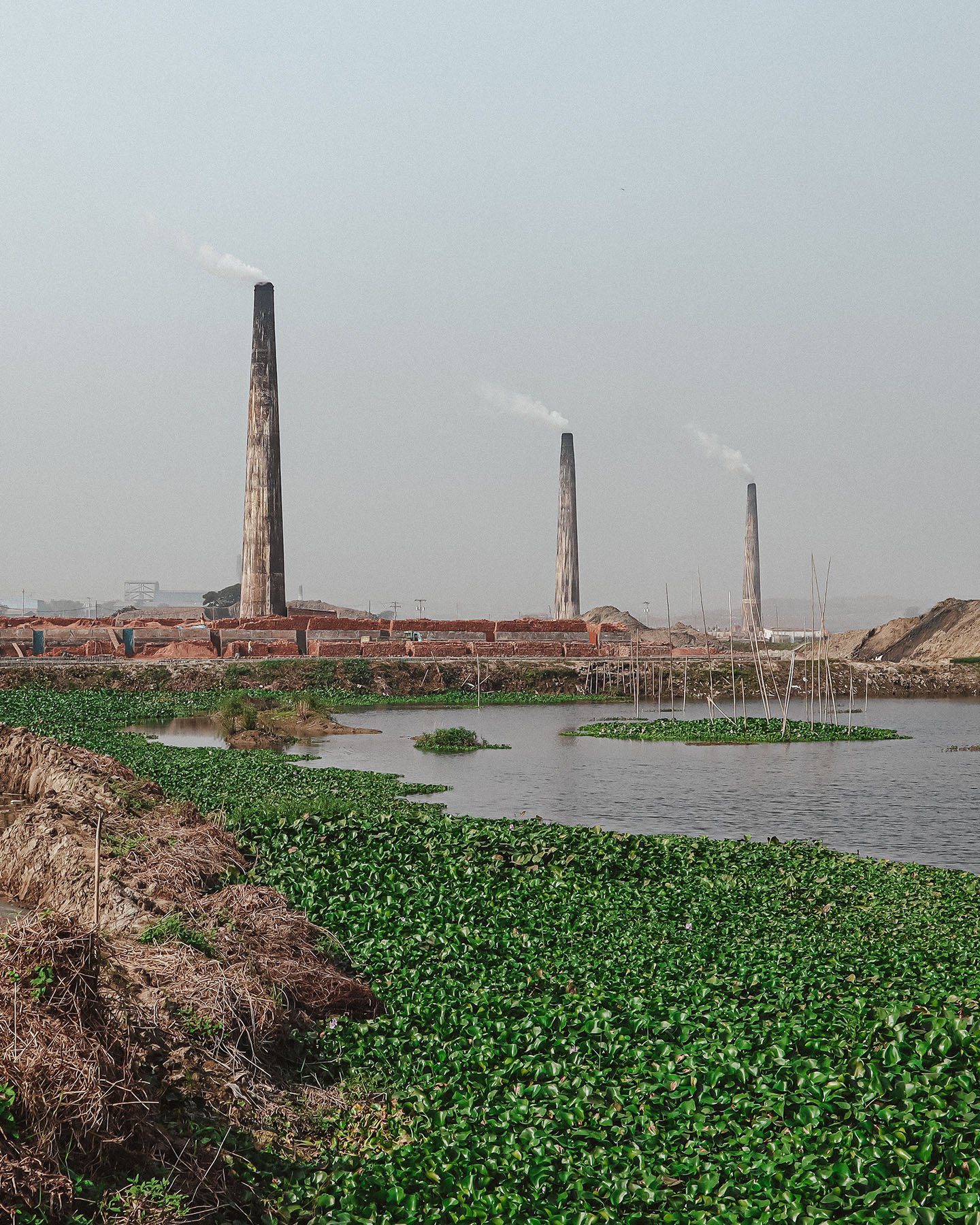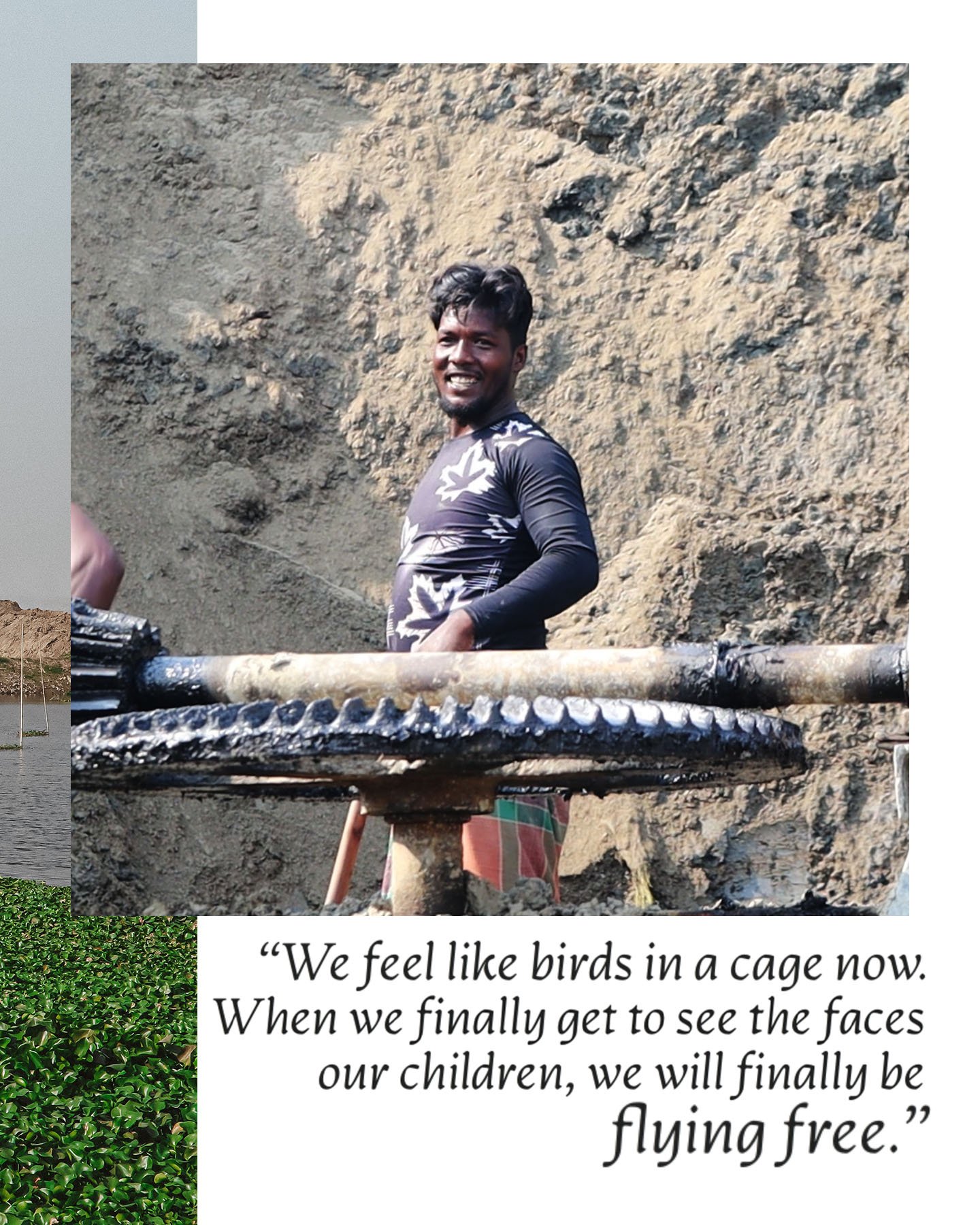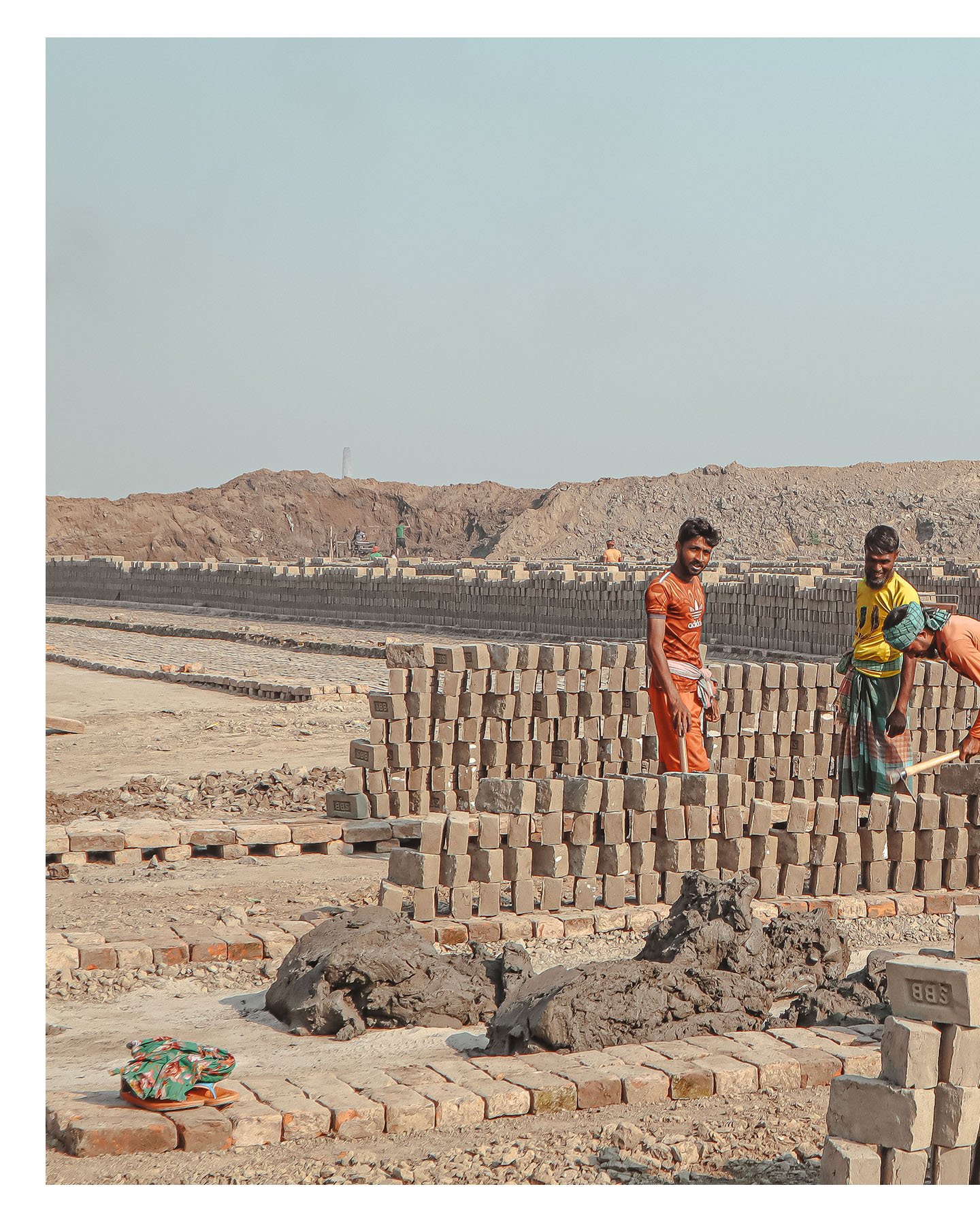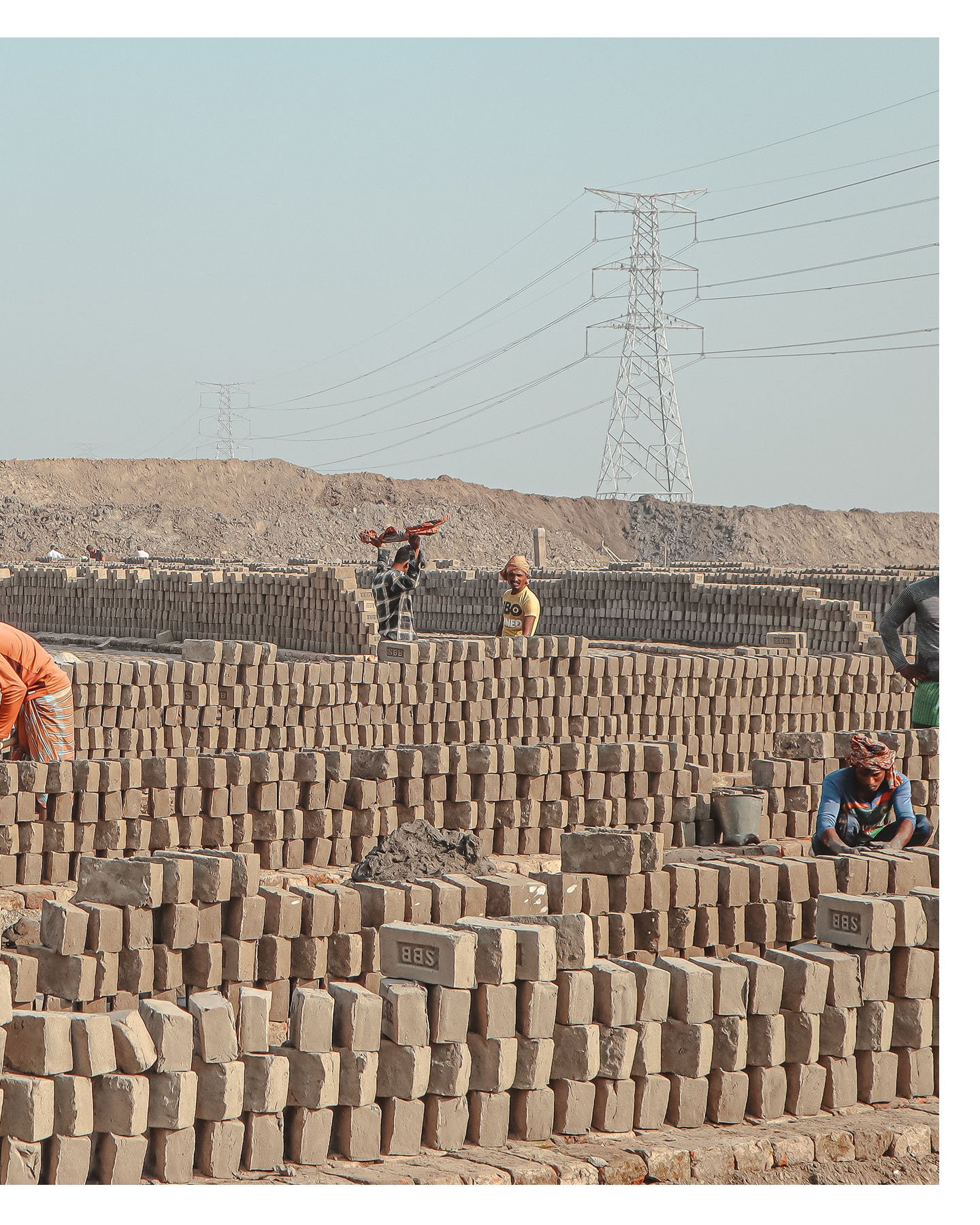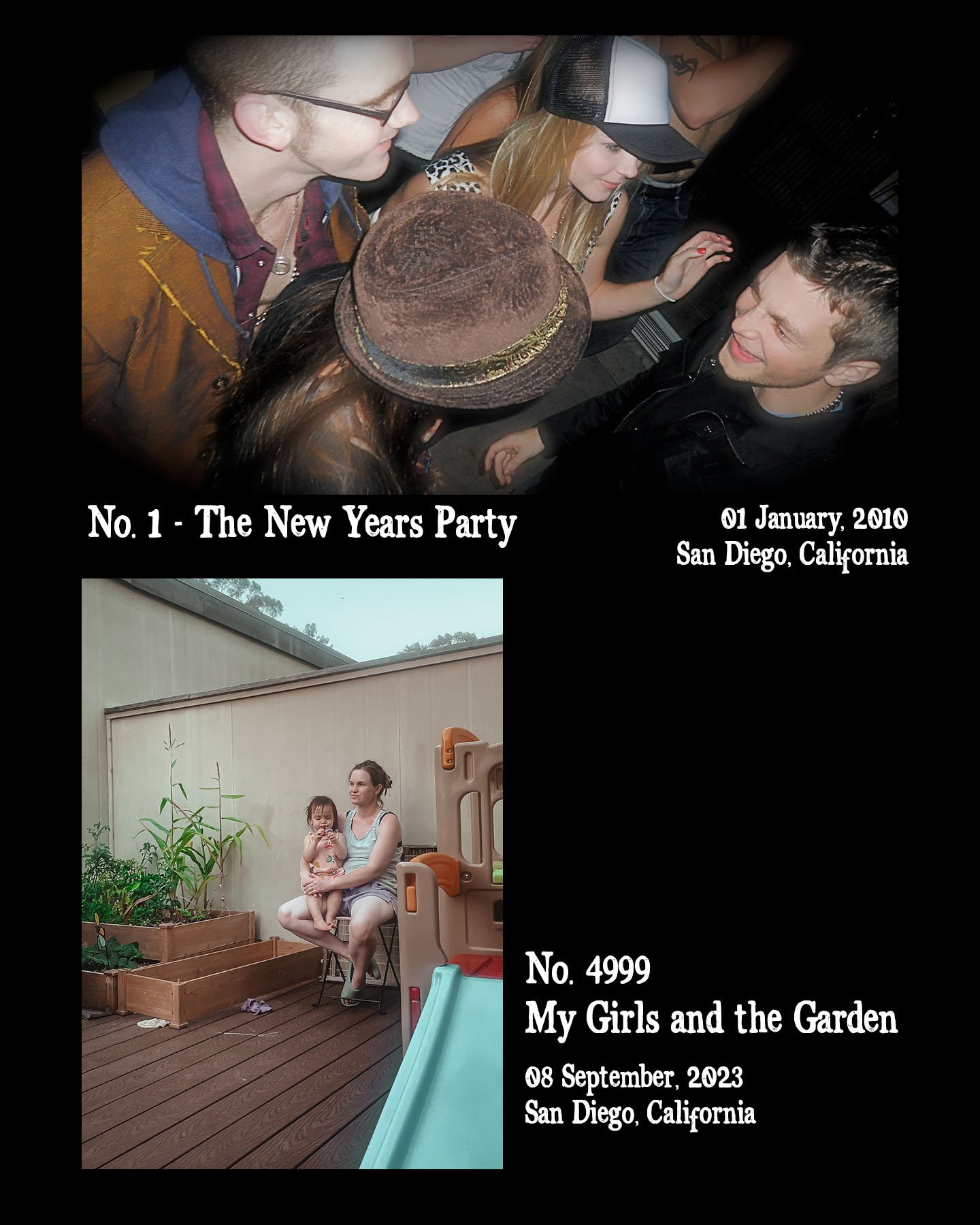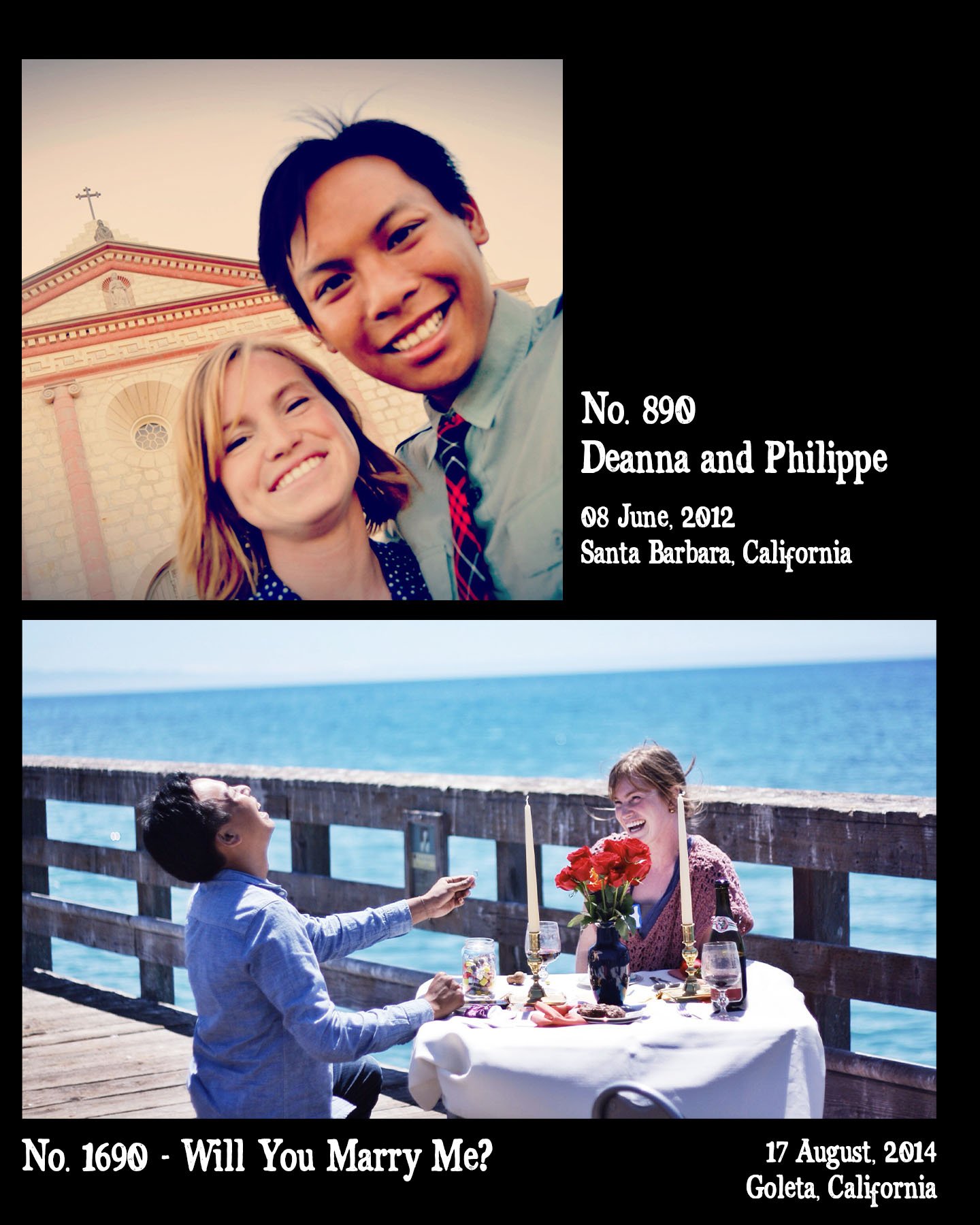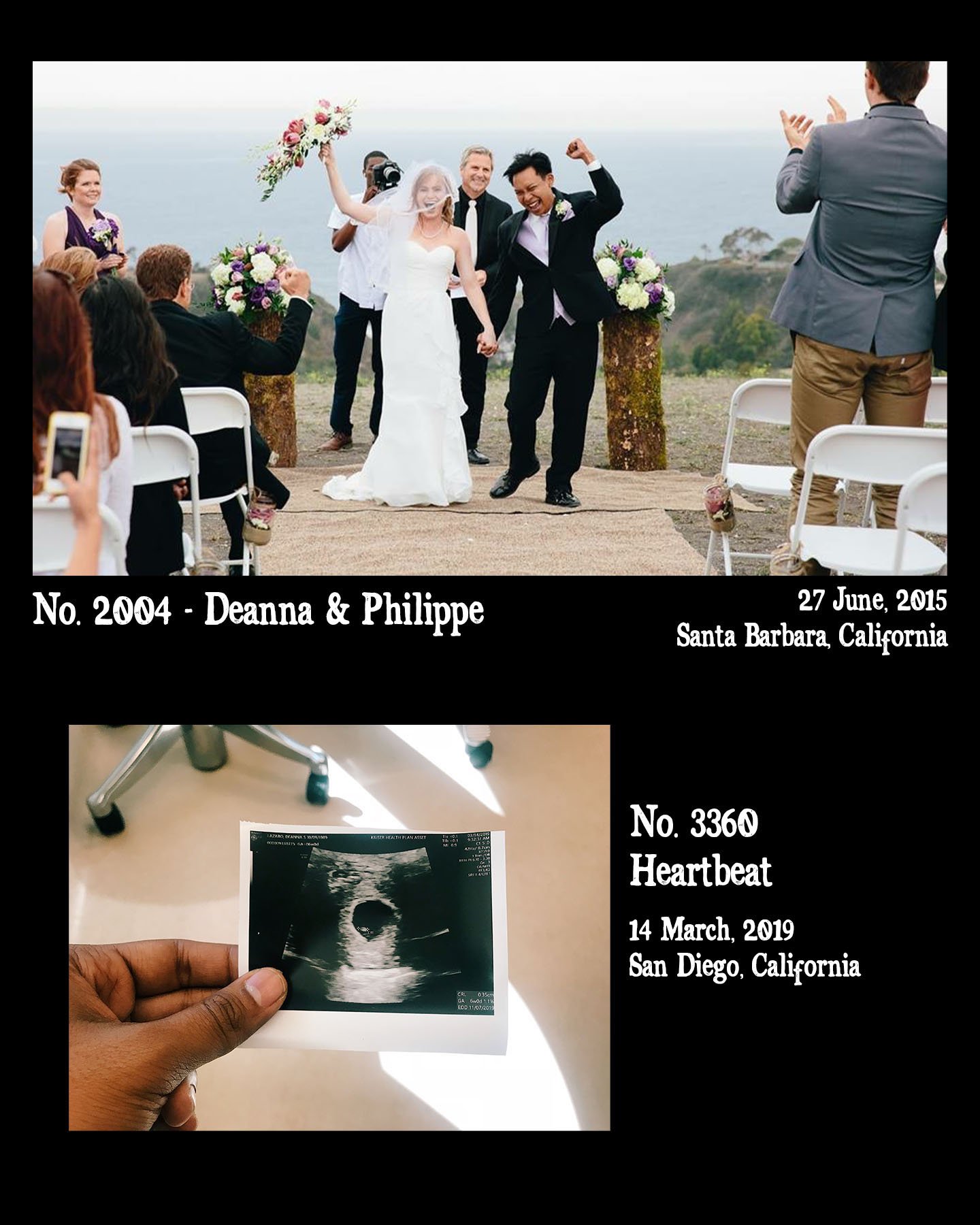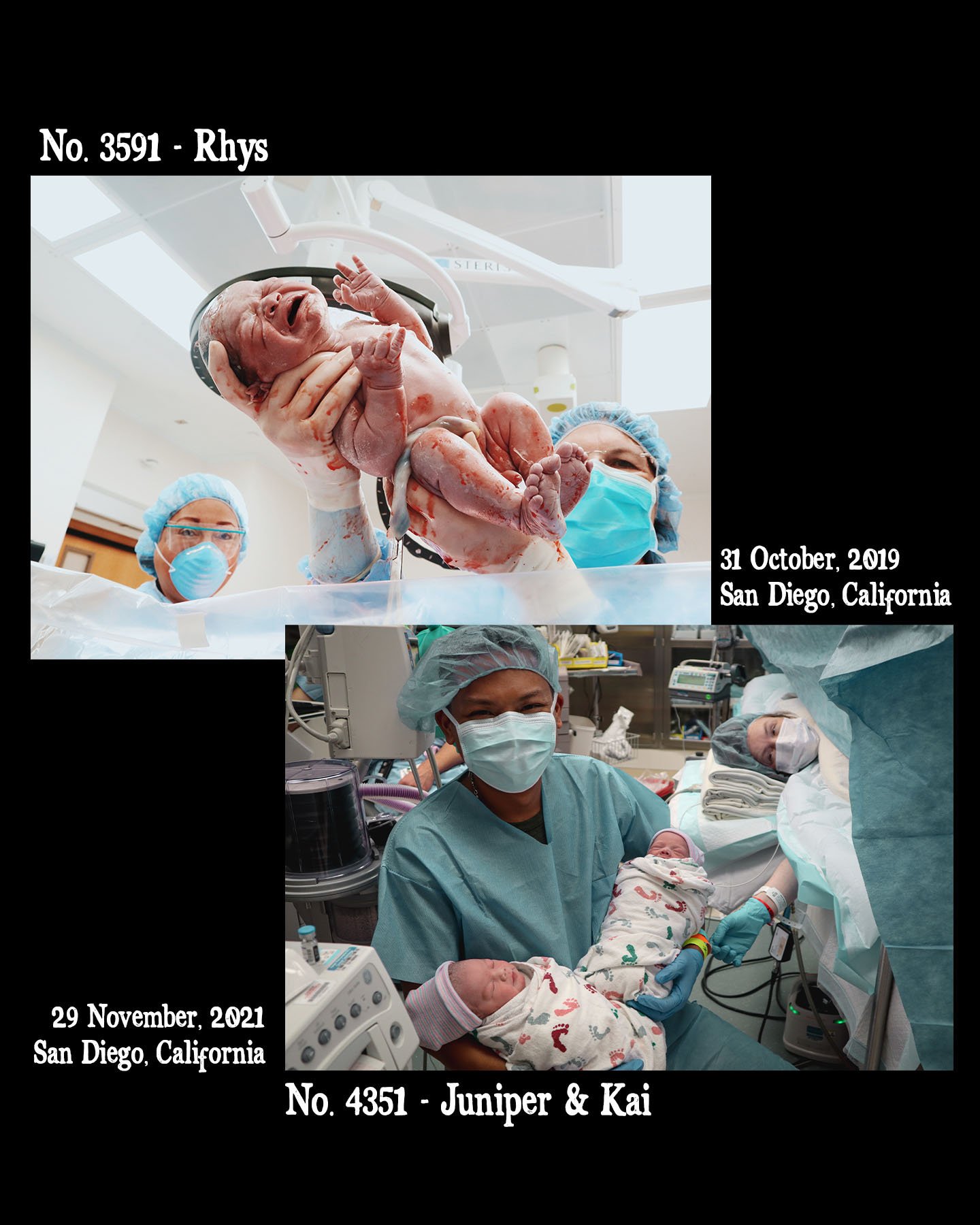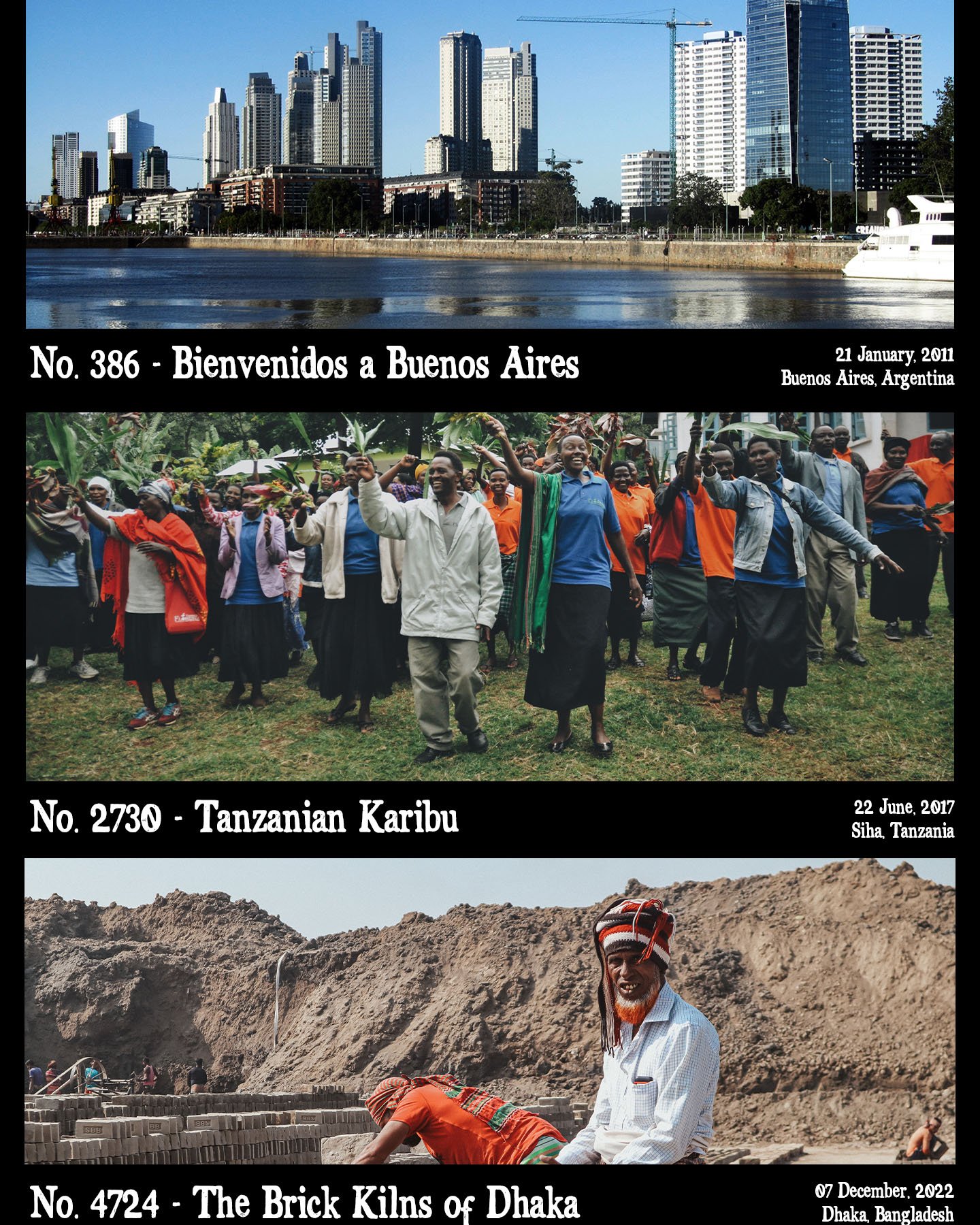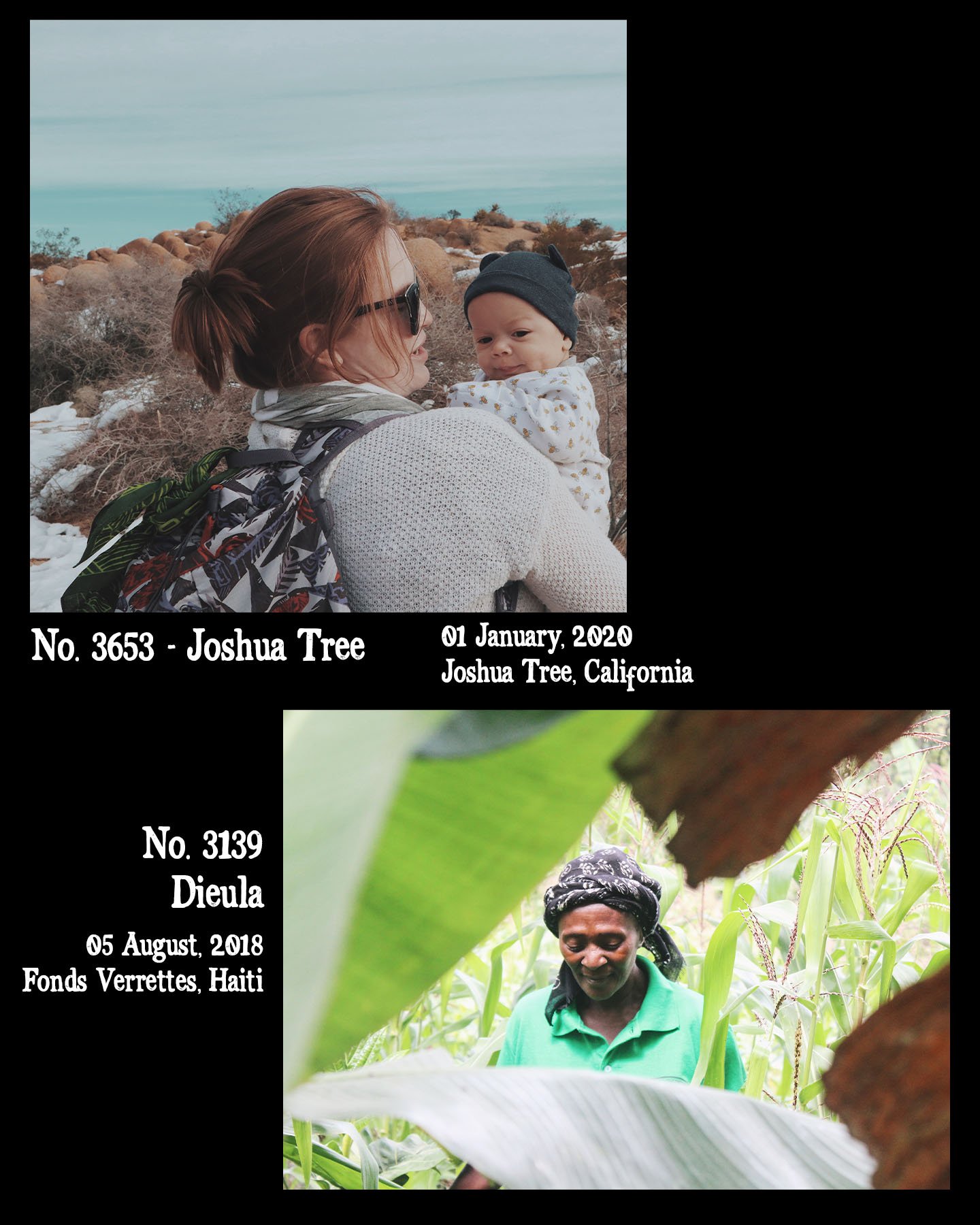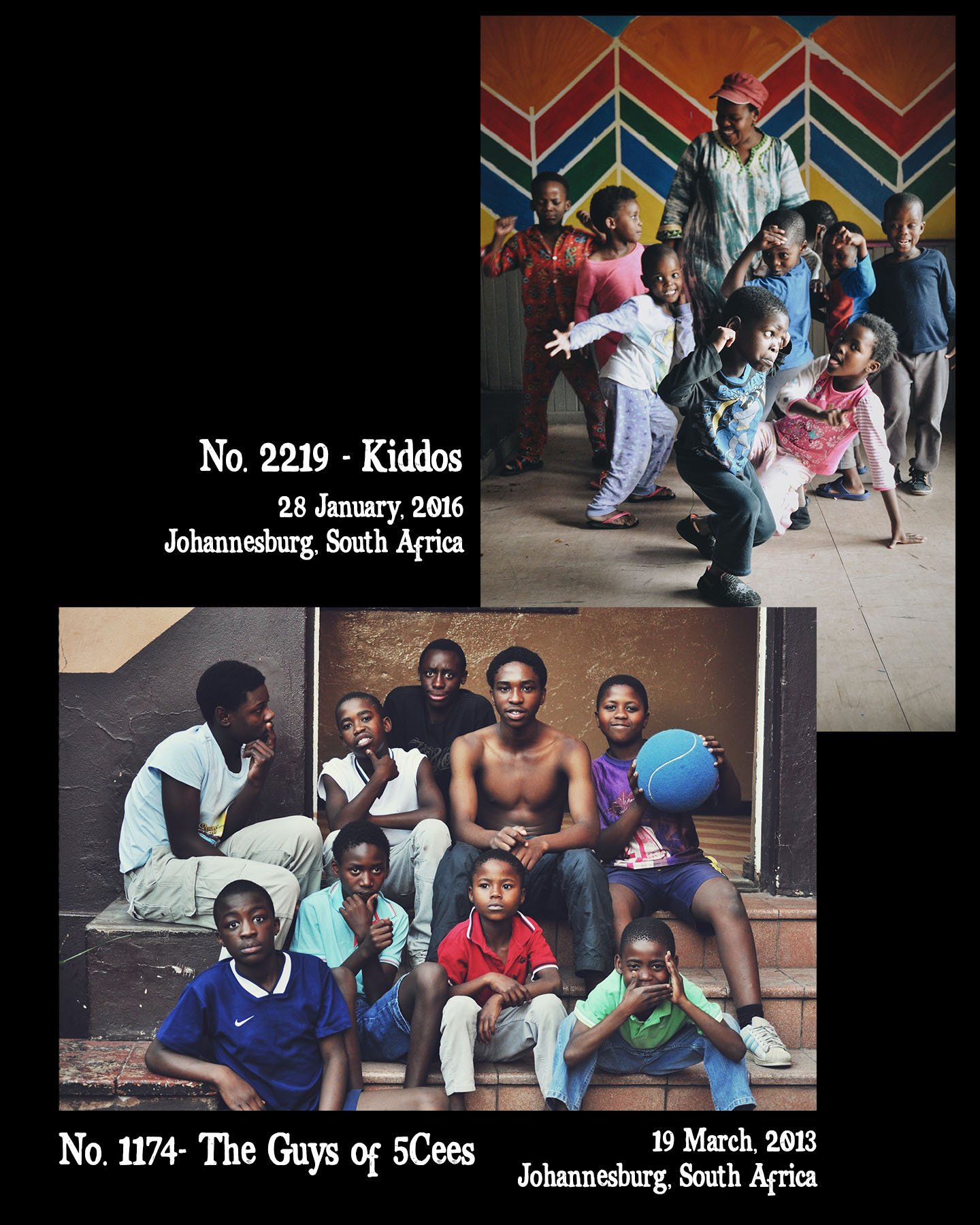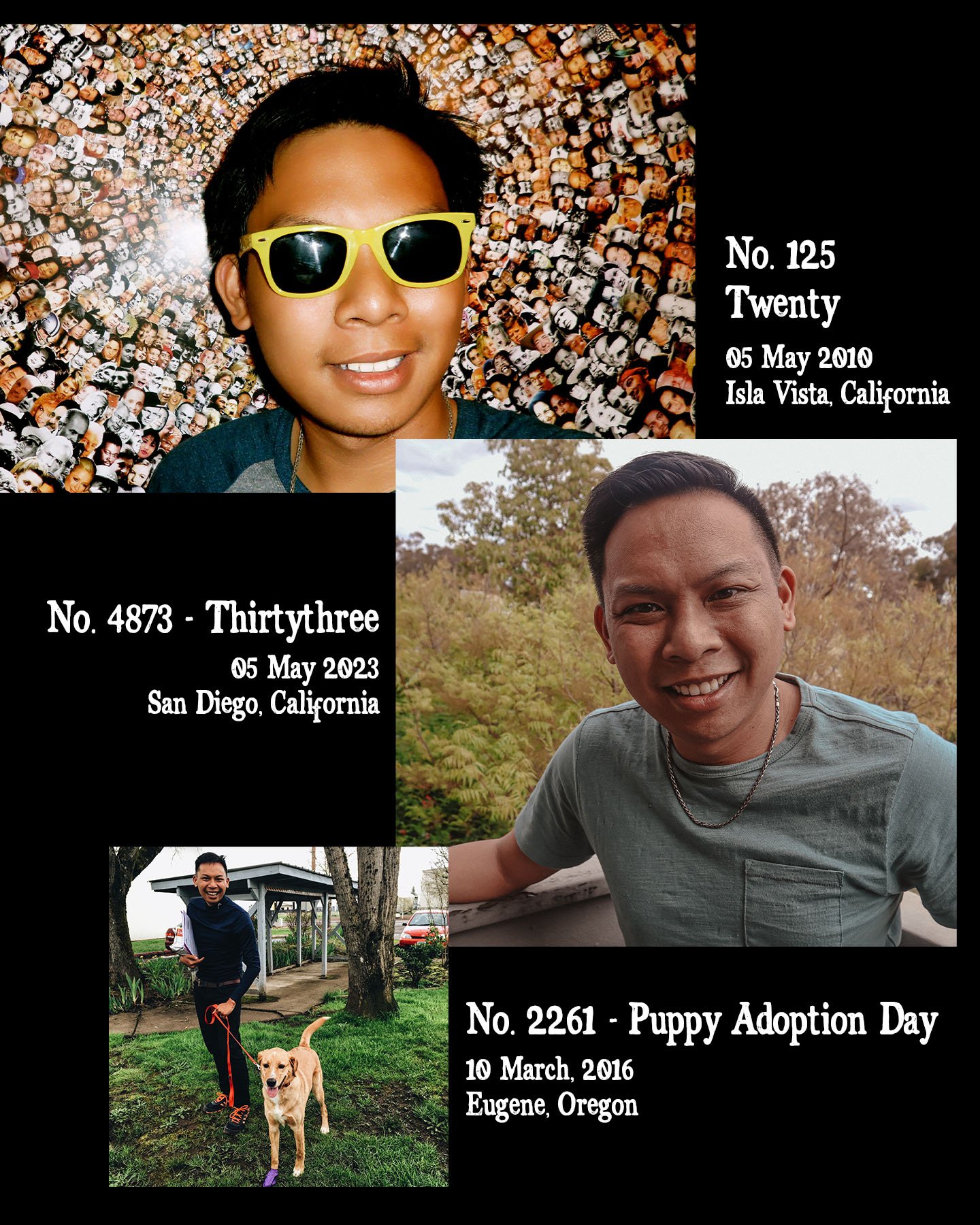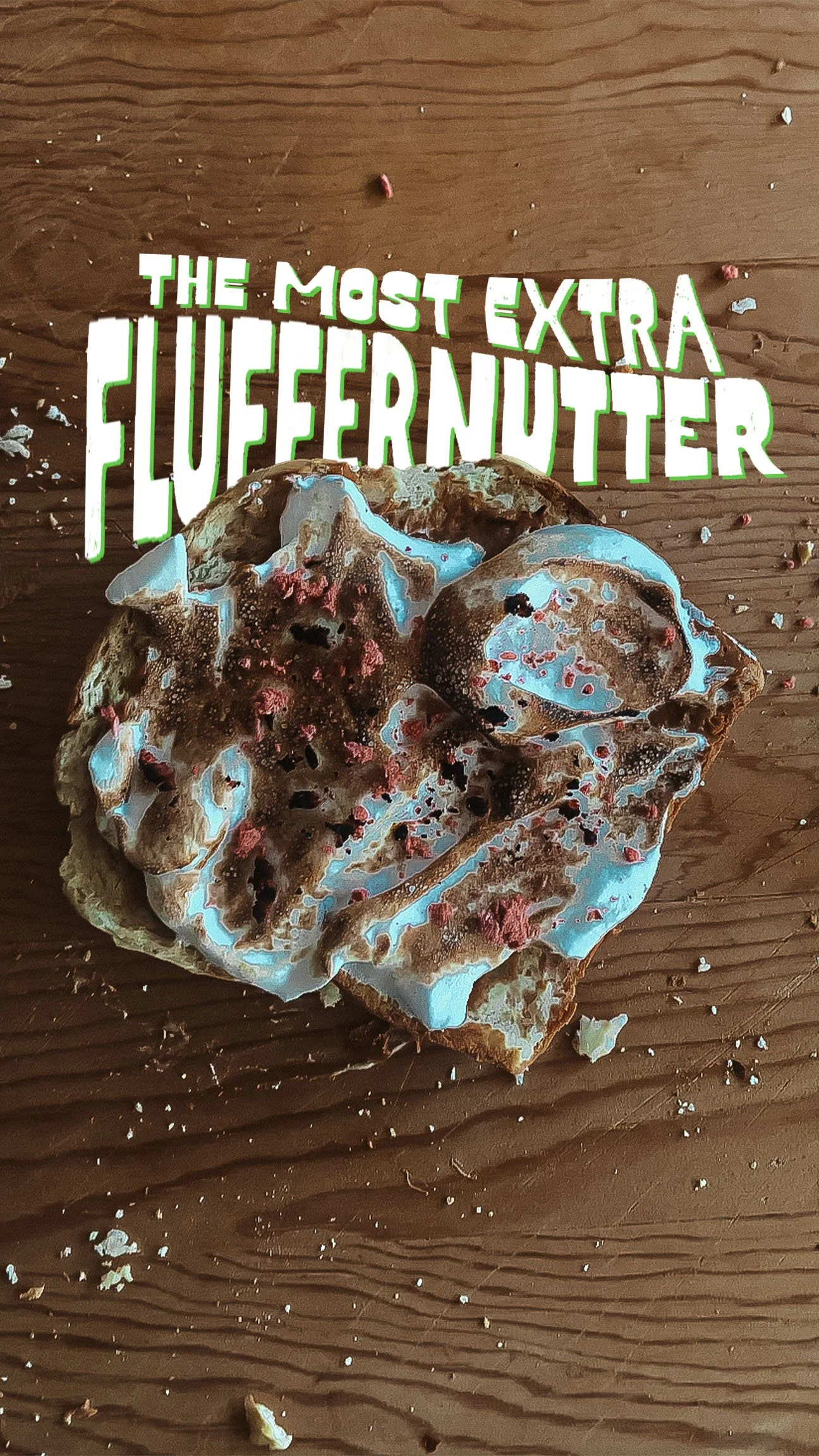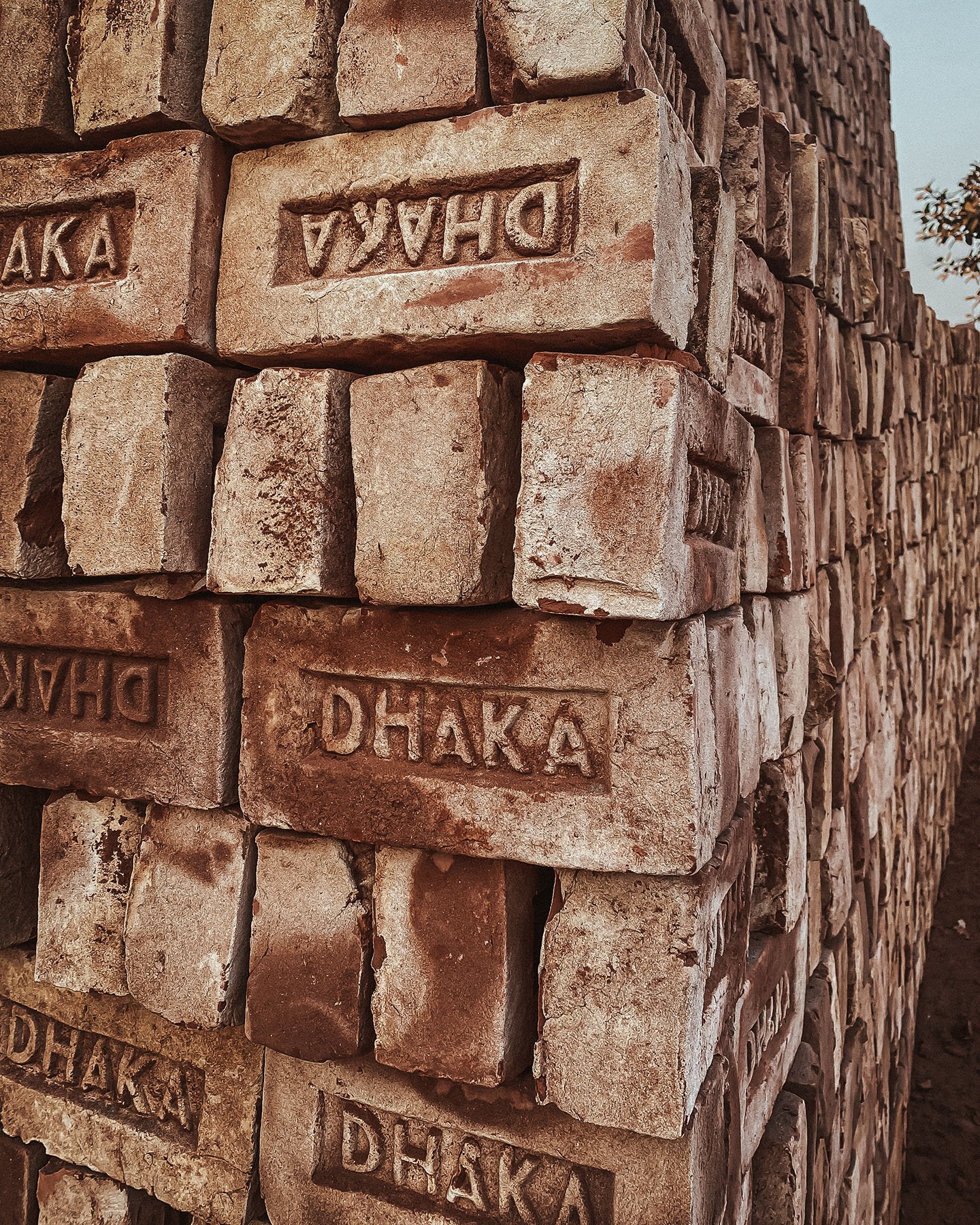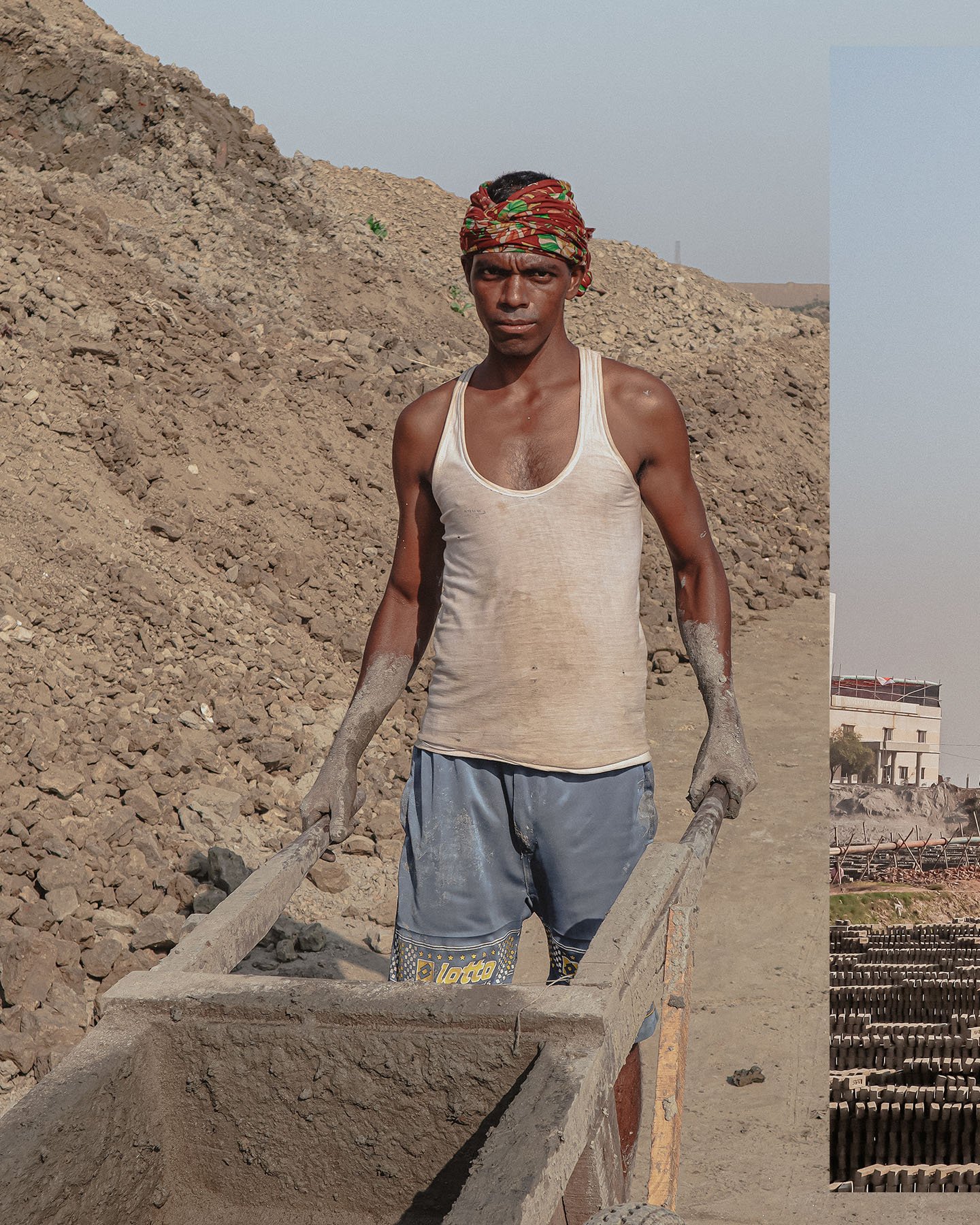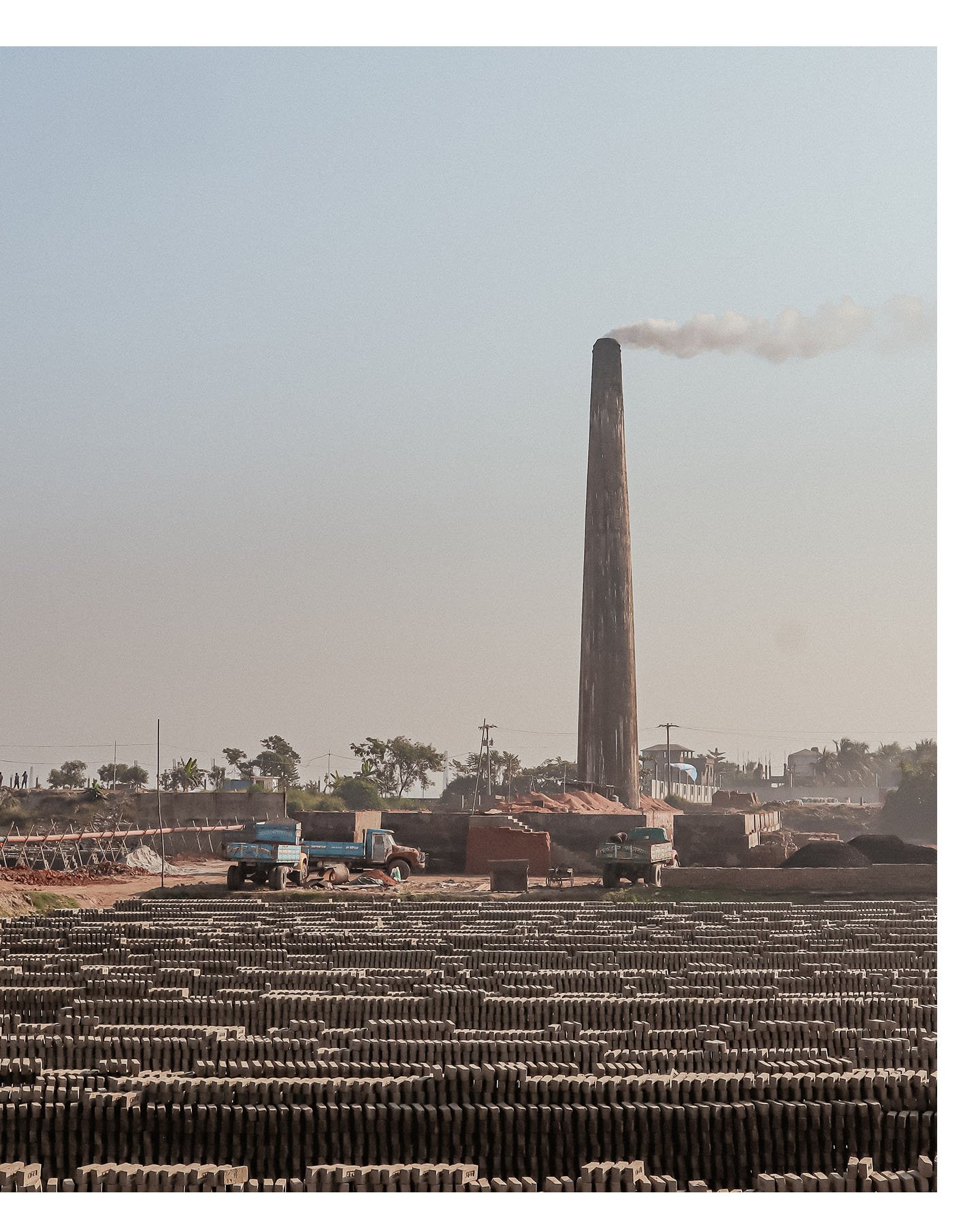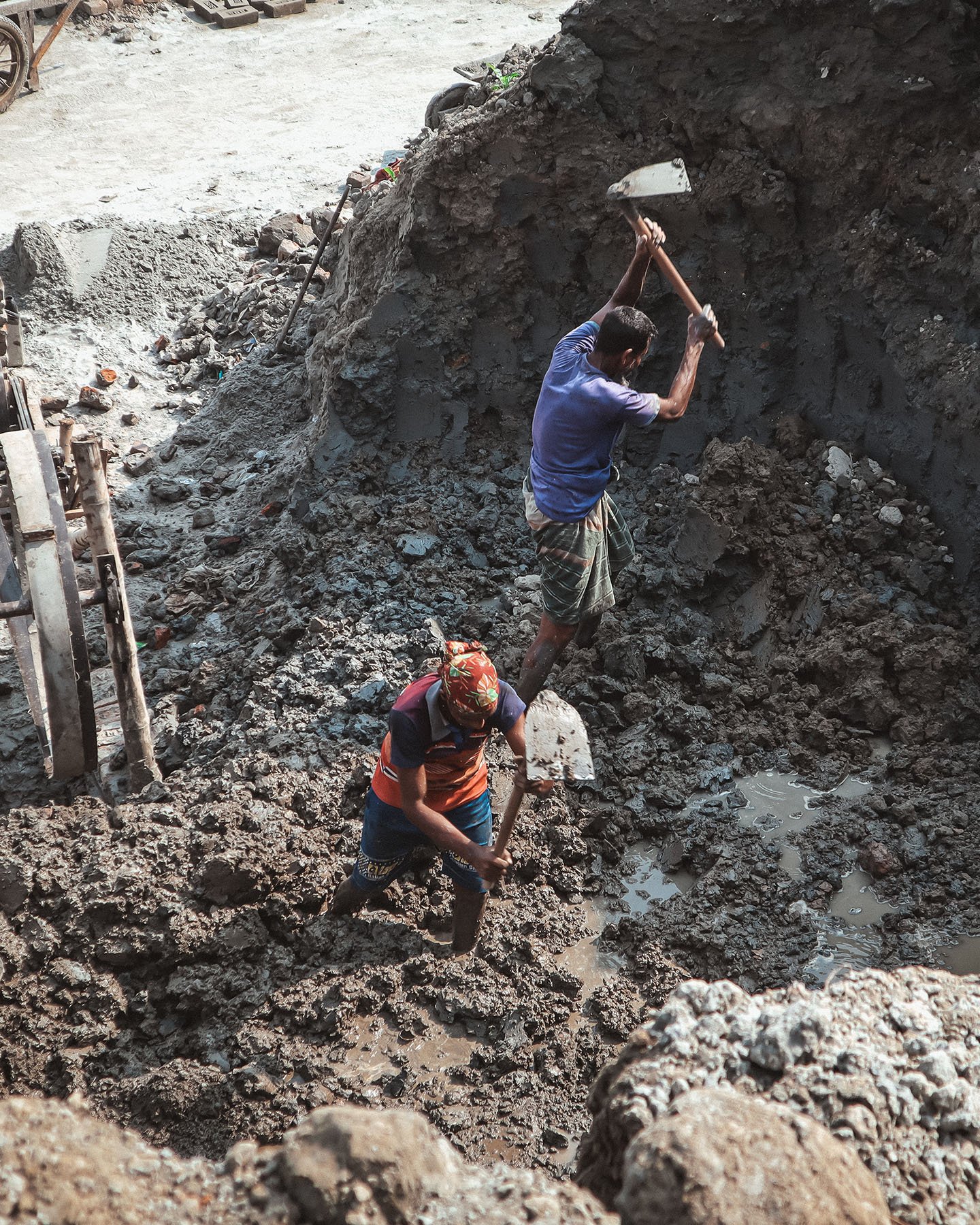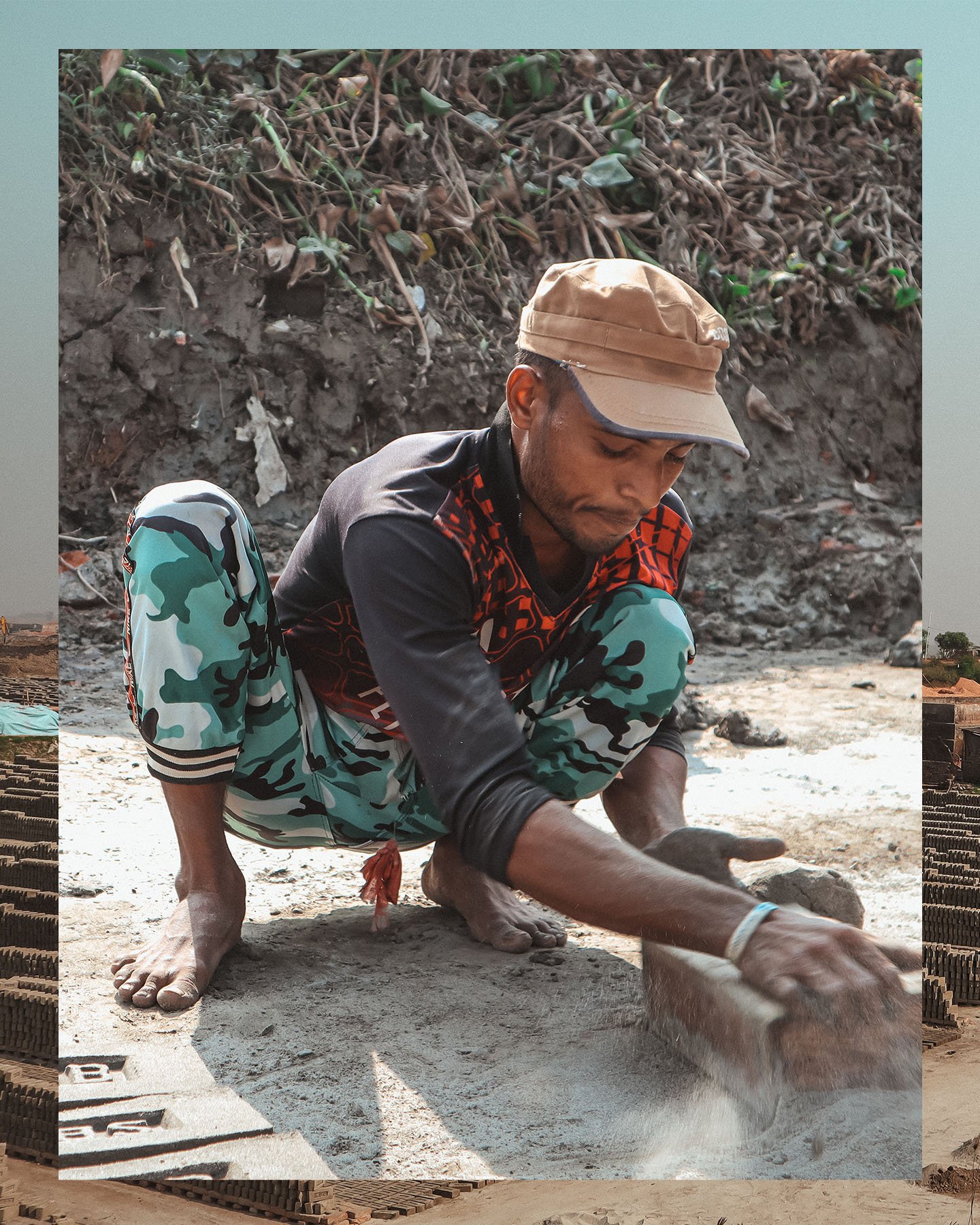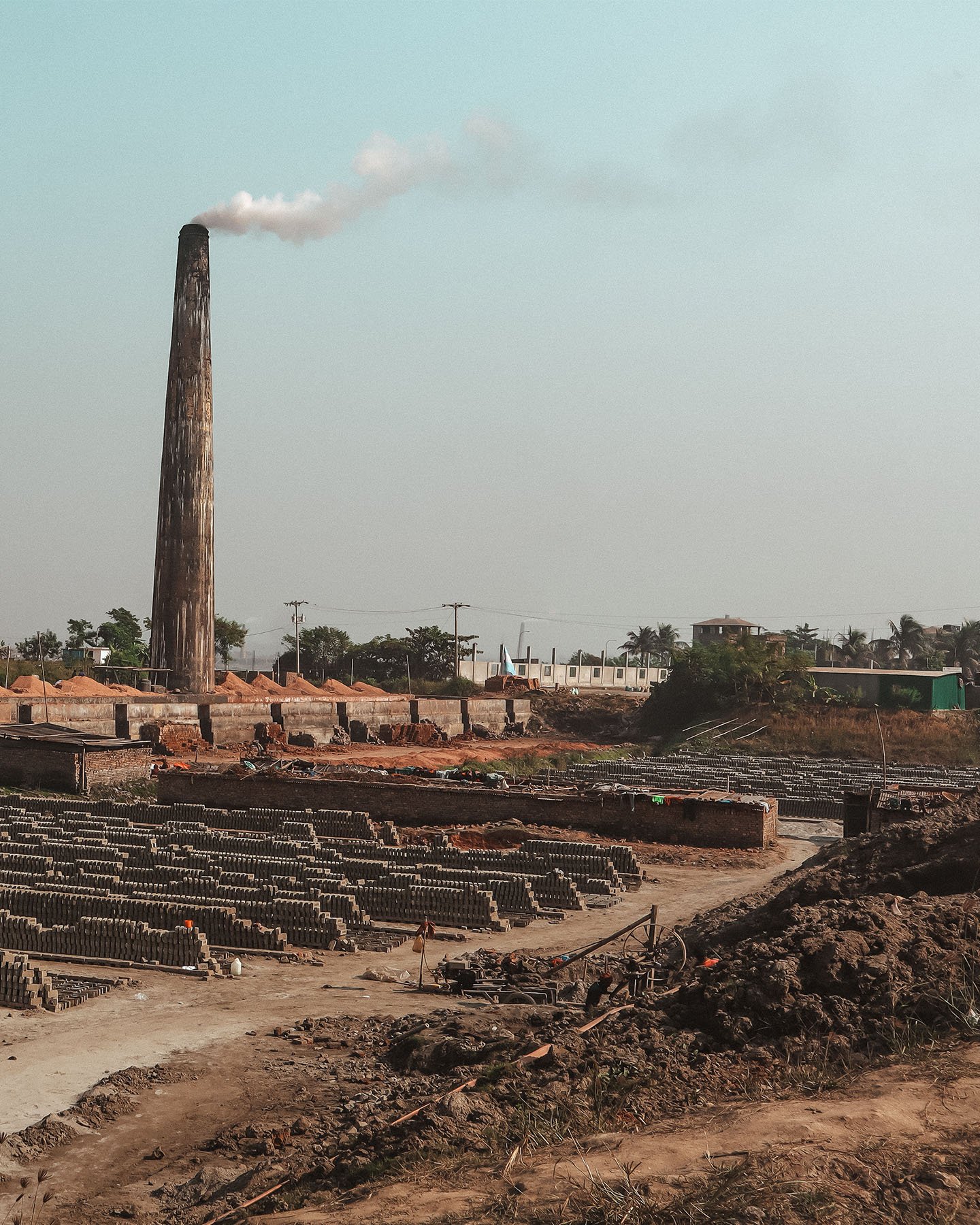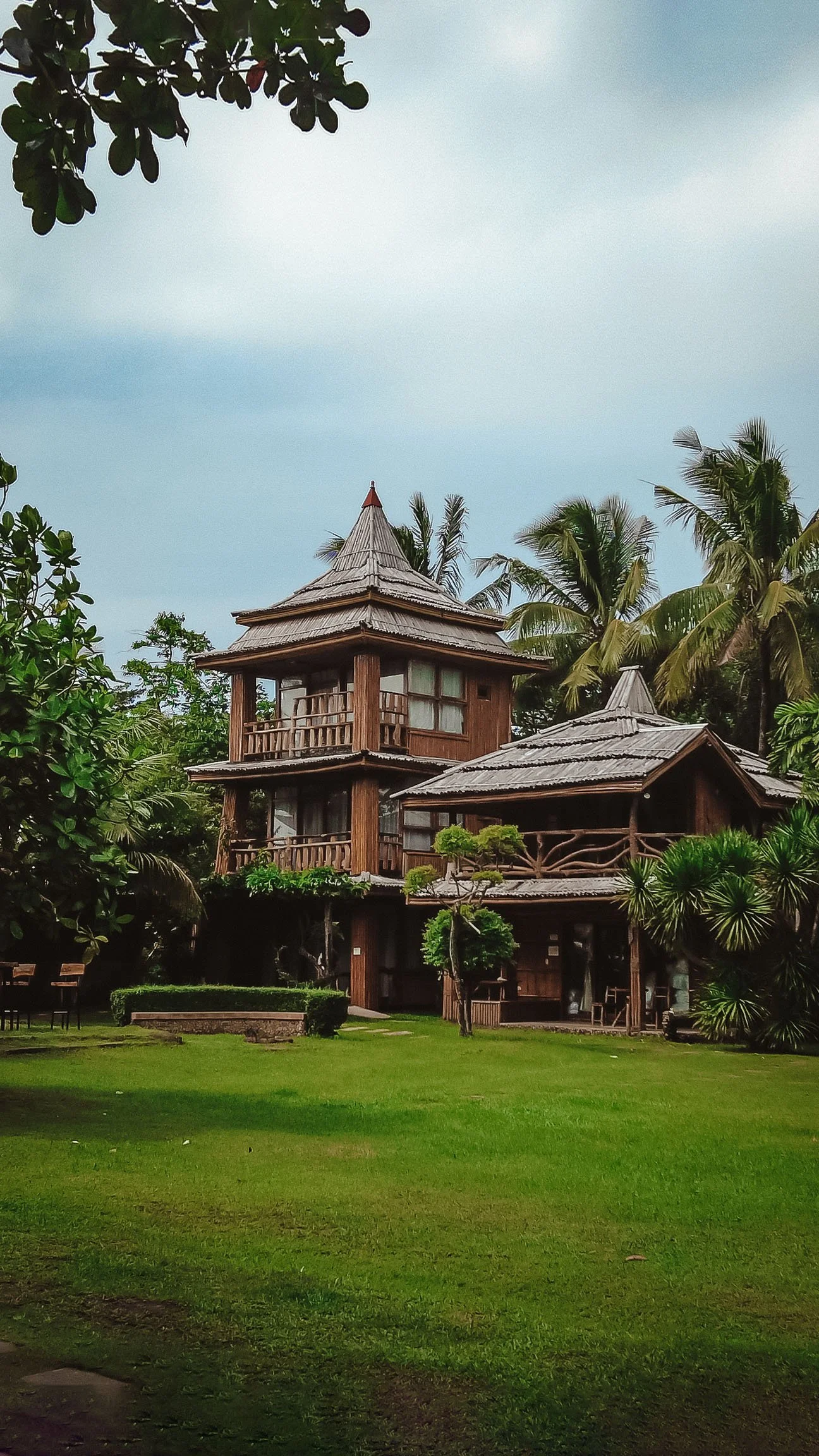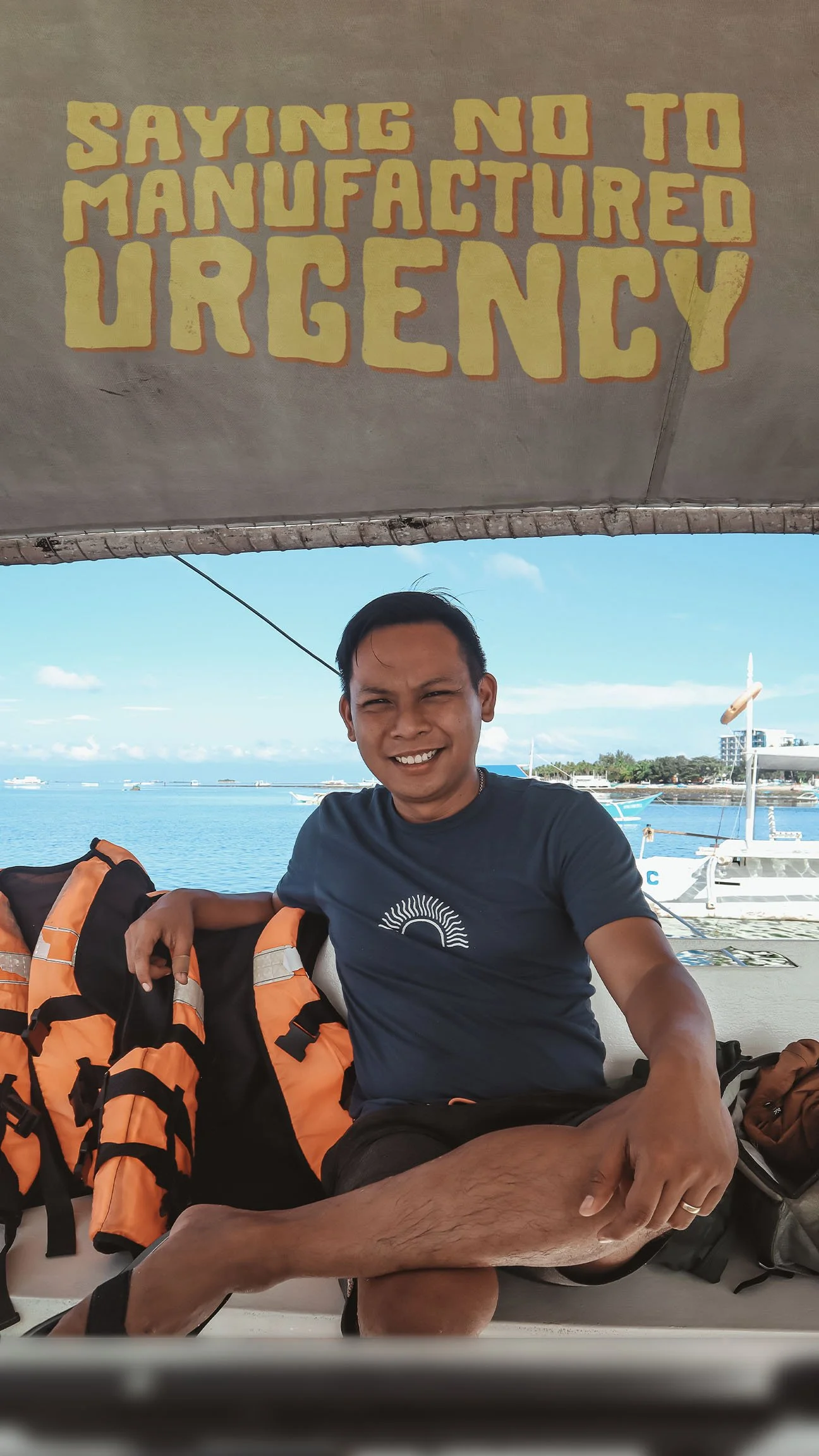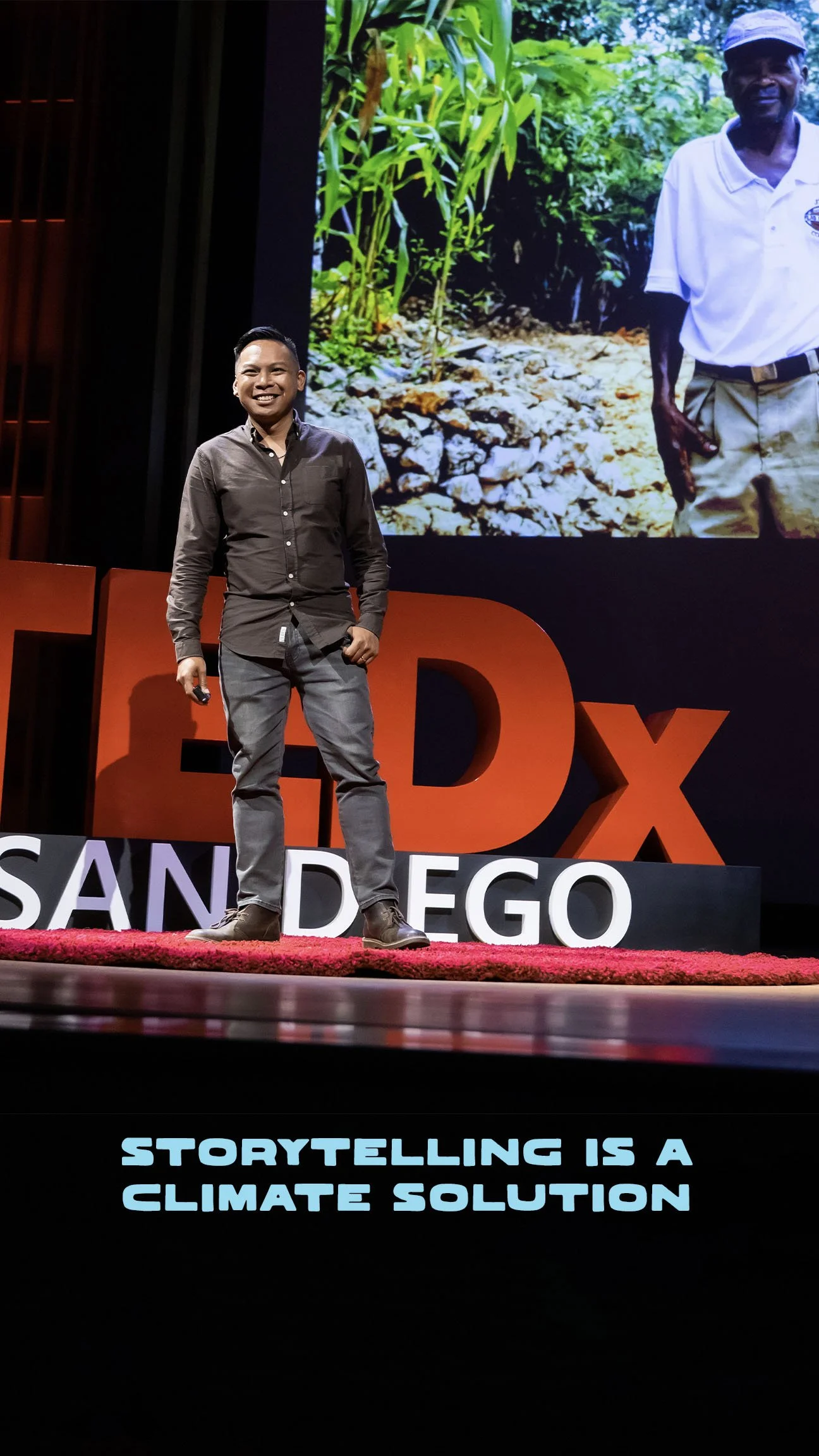Flying from California to Africa takes forever! Thankfully the last few times I’ve had good routes that have let me get stretch my legs and breathe real outside air… like this afternoon I spent in Frankfurt.
Here’s my strategy for layovers:
🛂 One of my favorite credit card perks right now is having access to any Priority Pass Lounge, which can be found in nearly any airport. They’re not a bad spot to pass a few hours. Some even have pretty good places to take a shower between flights. (Whattup Manila??) Kids enter free, and I can bring a guest when I travel. Plus, most have snacks, some have meals, and a few have even had full service bars. This saves me a lot over airport food.
🛃 If I’ve got, say >6 hours, and it’s a layover somewhere that makes the city pretty accessible, I’ll try and leave the airport. Frankfurt was a great spot for that.
🛄 On my especially long flights (*cough* Africa) which require back-to-back double digit flights, I’ll try and book a route that actually lets me spend a night or two in an intermediary city, usually somewhere in Europe. It’s way less physically taxing, and I get somewhere new to check out.
🛄 My kids are a little too young for me to justify really stacking destinations, but as they get a bit older, I look forward to adding another destination that connects to one of my travel hubs whenever passing through somewhere. Once I’ve spent the time, money, energy, and emissions of getting over an ocean, I might as well get more out of that investment.
The Brick Kilns of Bangladesh
One of the first things people casually know about Dhaka is pollution. Unfortunately. It upstages the positive things Bangladesh’s capital has going for it, but how do you ignore the times when it feels like you’re breathing in a can of soup? Chunky soup.
The brick kilns in Dhaka are the main culprit making it the world’s most polluted city. And the people working there are on the front lines for all kinds of respiratory illness and physical injury. Recording interviews next to the incredibly loud thump of their machinery was practically impossible. However, what they had to say needed to be heard.
“It’s a very hard job, my brother.”
“Body pains, headaches, fevers… these are always with us.”
I always feel immense gratitude to the people that I get to interview, but especially so on this outing. These interviews were incredible and deep and they helped highlight the human faces of climate migration.
Don’t miss these eye-opening conversations on my newest video!
The Shipyard
If you knew people were performing the backbreaking labor of carrying coal from a ship to a dock only to be paid a few cents by each basketload, you wouldn’t really want to do anything that could delay them, right?
But when my guide let me know that several of the workers wanted me to come on board the coal ship to see what it looks like, I was worried I might have to be guilty of that. The only way to get on board was by walking the plank. A couple thin strips of wood formed the makeshift bridge from ship to shore.
The drop below was maybe 20-30 feet into the water… and who knows how deep or shallow that might be.
I tried unsuccessfully to use my camera gear as an excuse, but that only resulted in volunteer offers to carry the stuff for me. I bit the bullet and tried to think of myself as light and nimble like a gymnast while going fast. Speed helped resolve the guilt of delaying the workers and helped me not overthink the drop.
Big challenge for me, everyday life for the workers here. Dhaka, man. Home to many of the most difficult jobs I’ve seen.
Brickmakers in Bangladesh
“We feel like birds in a cage now. When we finally get to see the faces of our wives and our children, we will finally be flying free.”
Seriously could not believe the vulnerability, warmth, and openness of the brick layers in Dhaka as they shared with me their struggles working one of the most difficult jobs on earth. Working with the heavy machinery and toxic emissions of a brick kiln put these guys in harm’s way on a daily basis.
“I was injured just a few days ago,” one kind bricklayer told me with an incongruent smile on his face. “But I am still working. We are like robots.”
“Our hearts are affected at an early age,” filled in another worker. “When we use our shovels, we can feel it on both sides of our chest.”
It feels a little cliche to describe their spirits as unbroken in spite of the toil that work takes on their bodies, but no matter what words you use it’ll be impossible to do justice to how kind and warm they were. These guys epitomize how climate change is an injustice that comes for the most vulnerable among us. Add this encounter to the things that keep me moving when climate work doesn’t feel so encouraging.
If you haven’t seen my new Bangladesh video, it’s a personal fave. Check it out!
5,000 Photos
I can’t believe I nearly missed a huge milestone…
So much of my work as a storyteller can be traced to a decision I made on January 1, 2010 to copy some people I saw online who took a photo everyday.
The quest to mark moments by capturing them in an image got me in two habits: pursuing things and going places that made for a more interesting life, but also paying more attention to the ordinary things and seeing what deeper stories hide in plain sight.
Prior to this project, I felt guilty of living life a little too passively. Of not leaning into life like it was the miracle it was. But choosing to seek out the stories… that made a huge difference.
The results of doing this for a year were significant enough that I did it another year. Then another. Then ten others. College, grad school, marriage, three kids, career and travel are all interspersed with food pics, sunset snaps, and “artsy shots” of whatever I’ve been reading.
The collage in the first photo is officially photo no. 5000. Thank you to everybody who I got to make these moments with.
The Most Difficult Jobs
First there was the morning where we watched people cross planks of wood to unload heavy baskets of coal on ships. Then came the brickyards where people worked the entire day with heavy machinery, detrimental to their health.
Now I found myself in the alleyways behind the river. Closer to the waterfront, I saw people climbing up to old ships that appeared abandoned, pulling apart their panels and harvesting scraps of metal from the remains.
In the alleyways, people were working with those metal sheets and scraps. People worked with torches, hammers, and bare hands. Proper gear to keep people safe was unavailable. Middle-school aged boys worked with welding equipment.
A group of a dozen men walked by all awkwardly carrying a giant sheet of metal. A few couldn’t keep up with its weight and it nearly landed on several exposed feet.
I couldn’t believe it. These were absolutely the most difficult jobs I’ve seen on the planet. And they existed because of climate change. Farmers who lost land were desperate for new ways to feed their family.
I couldn’t take all this in without wanting to renew my commitment to a healthy climate. No one person has the solution. If someone did, it would be Shohei Ohtani and not me. But I have little bits of influence, resources, and skills I can put to some use, and it would just be wrong to sleep on that.
🇧🇩🇧🇩🇧🇩
Don’t miss my latest video on the climate vulnerability and success stories of Bangladesh OUT NOW!
The Opposite of Watching the News
What do you think the opposite of watching the news would be?
I don’t actually like dunking on the news all the time. One of the first things crooked leaders do is make people distrust the media so they can fill the vacuum of information. The press plays a big role in keeping power in check.
That said, news can distort the way you see the world depending on how you look at it. And it’s not necessarily the fault of the anchors you see on screen or the people writing the articles. We shouldn’t expect the news to be a representation of what-the-world-is-like. In fact, if something is “normal” then it isn’t exactly “newsworthy.” It’s healthier to think of the things you see on the news as exceptions to the norm.
This is important, because I often ask my audience how they feel when watching the news and words like depressed and disenfranchised come up a lot. I don’t advocate shutting ourselves off to it, unless that’s really the thing for you in a personal journey. Most of us just need to do a better job remembering that our world primarily consists of ordinary people doing their best to have a good day and do something good for those around them.
Filipino Christmas Season
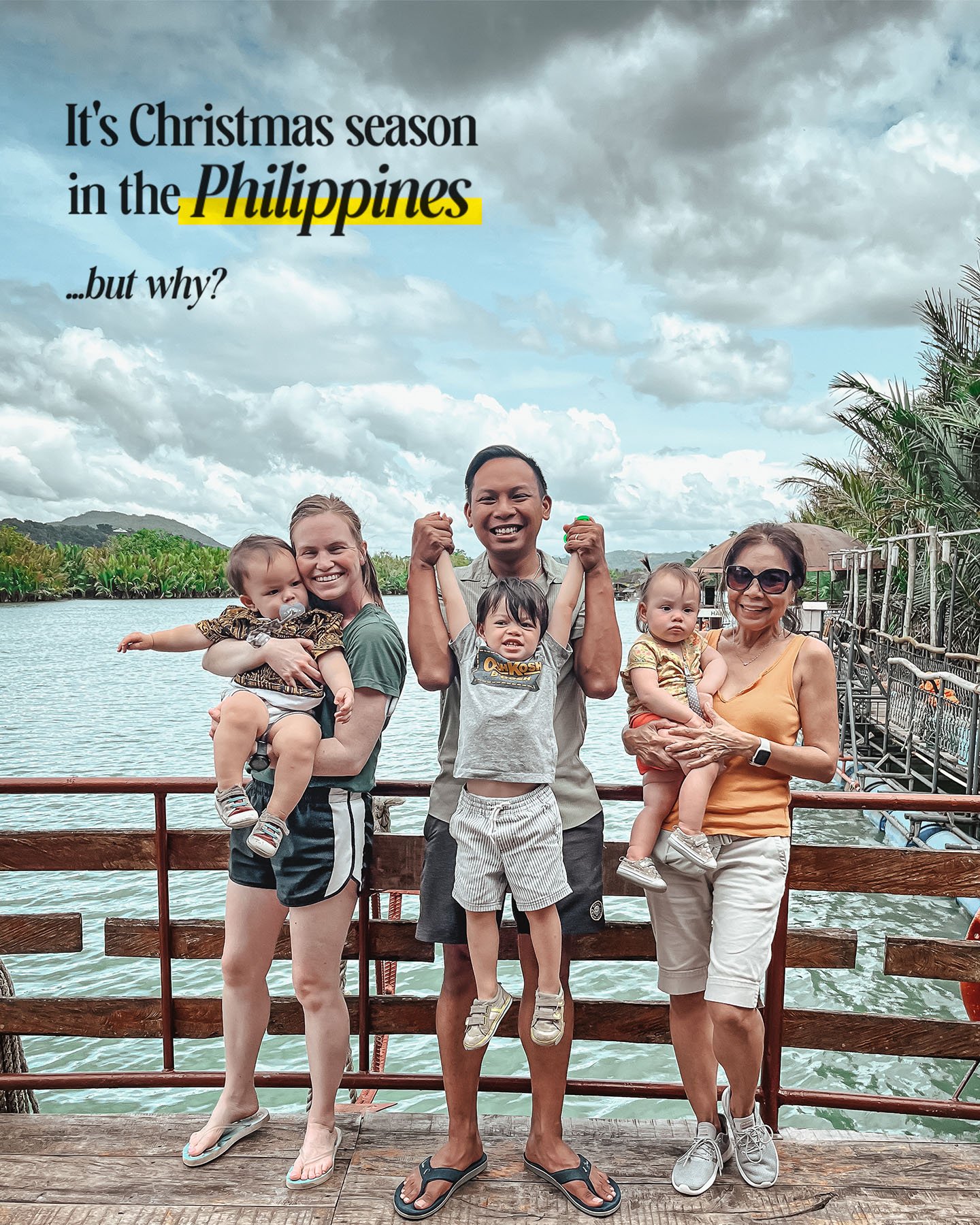
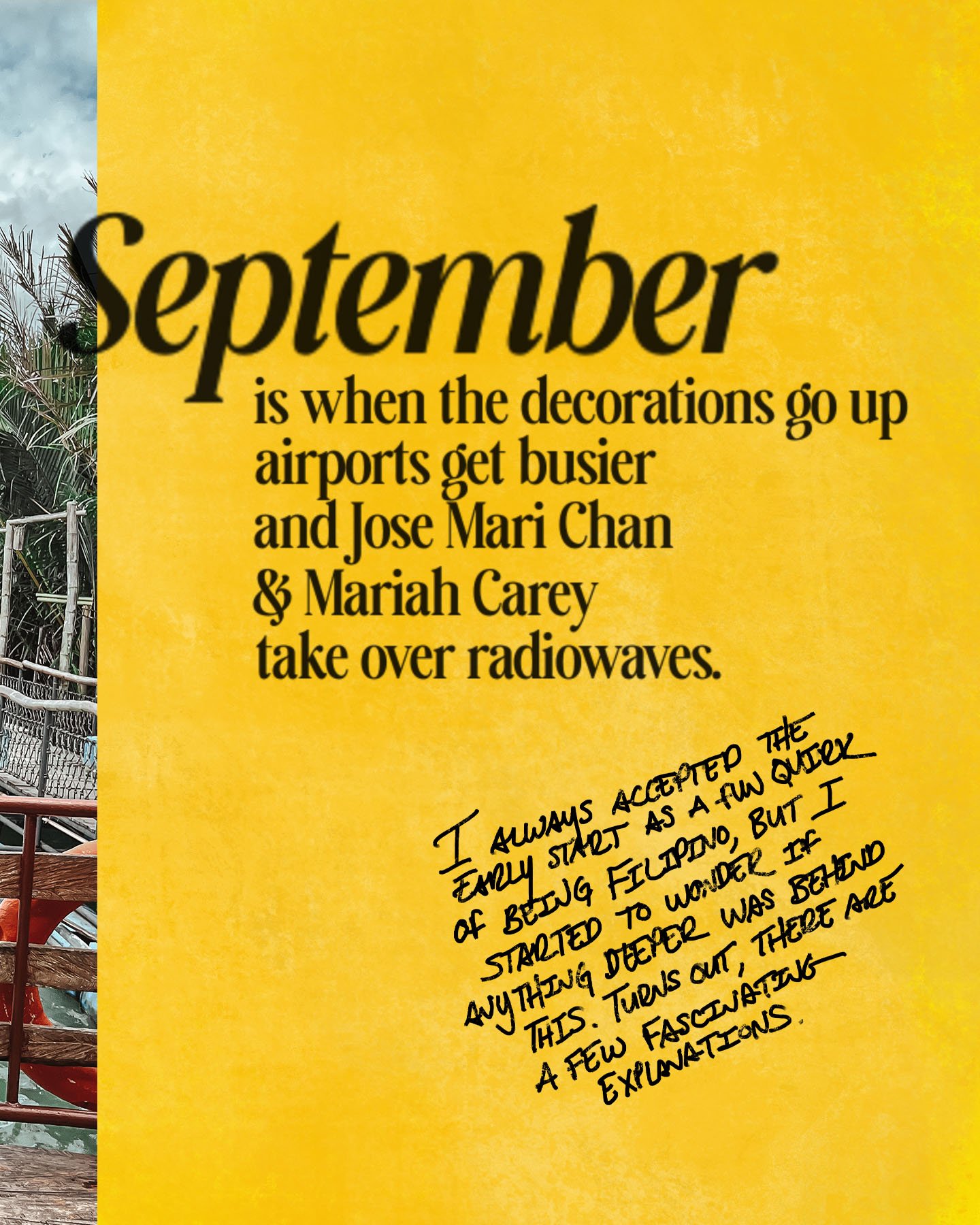
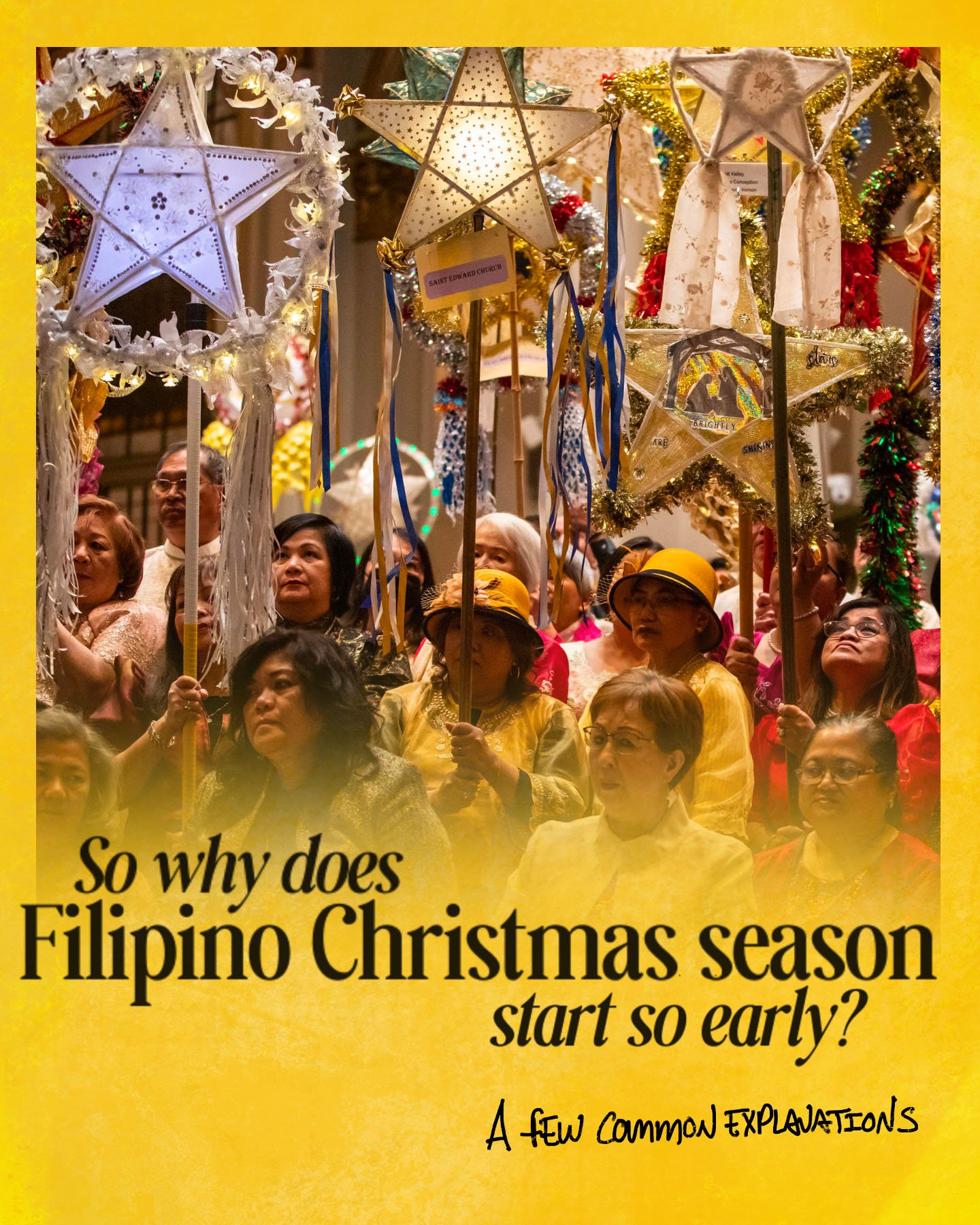
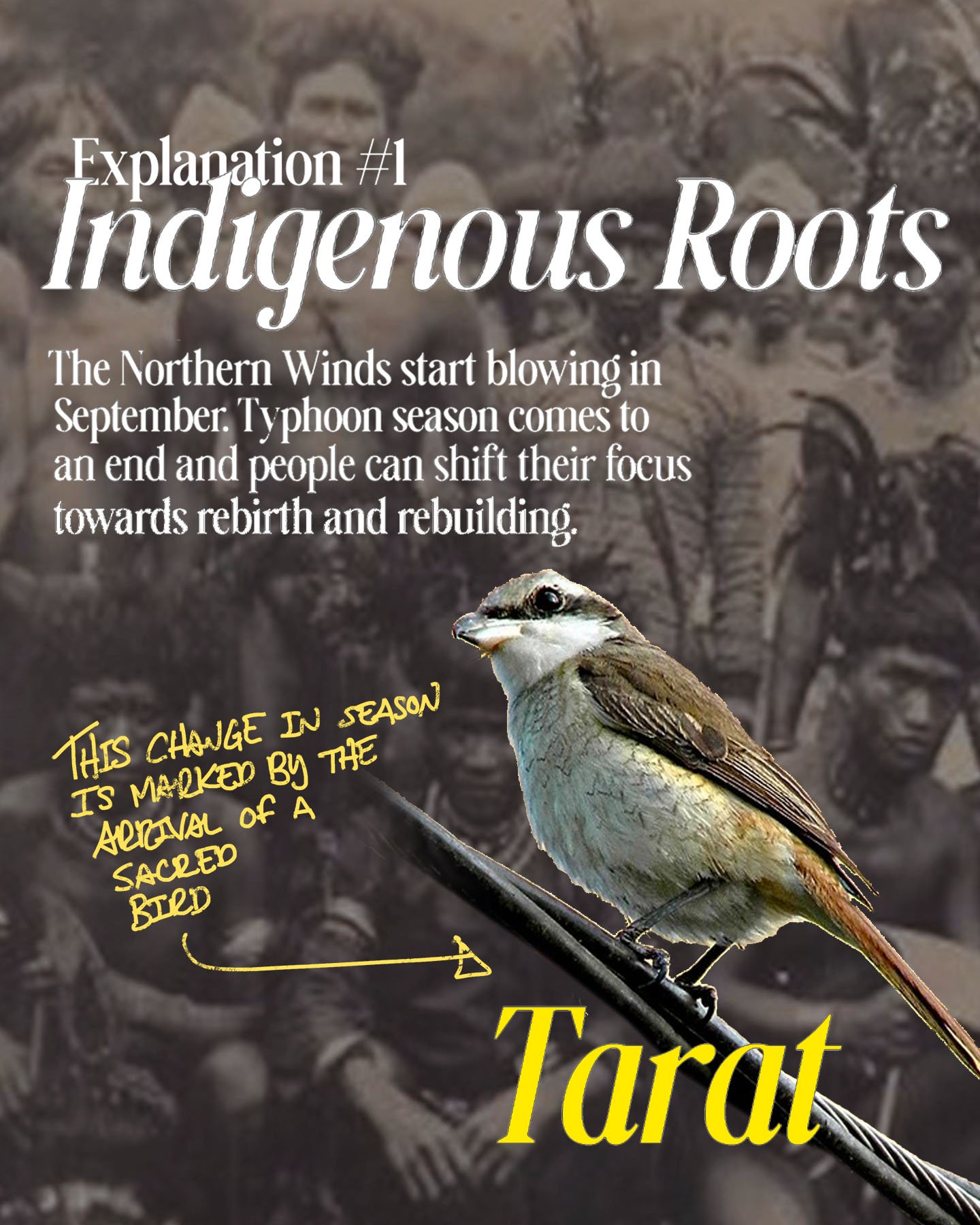

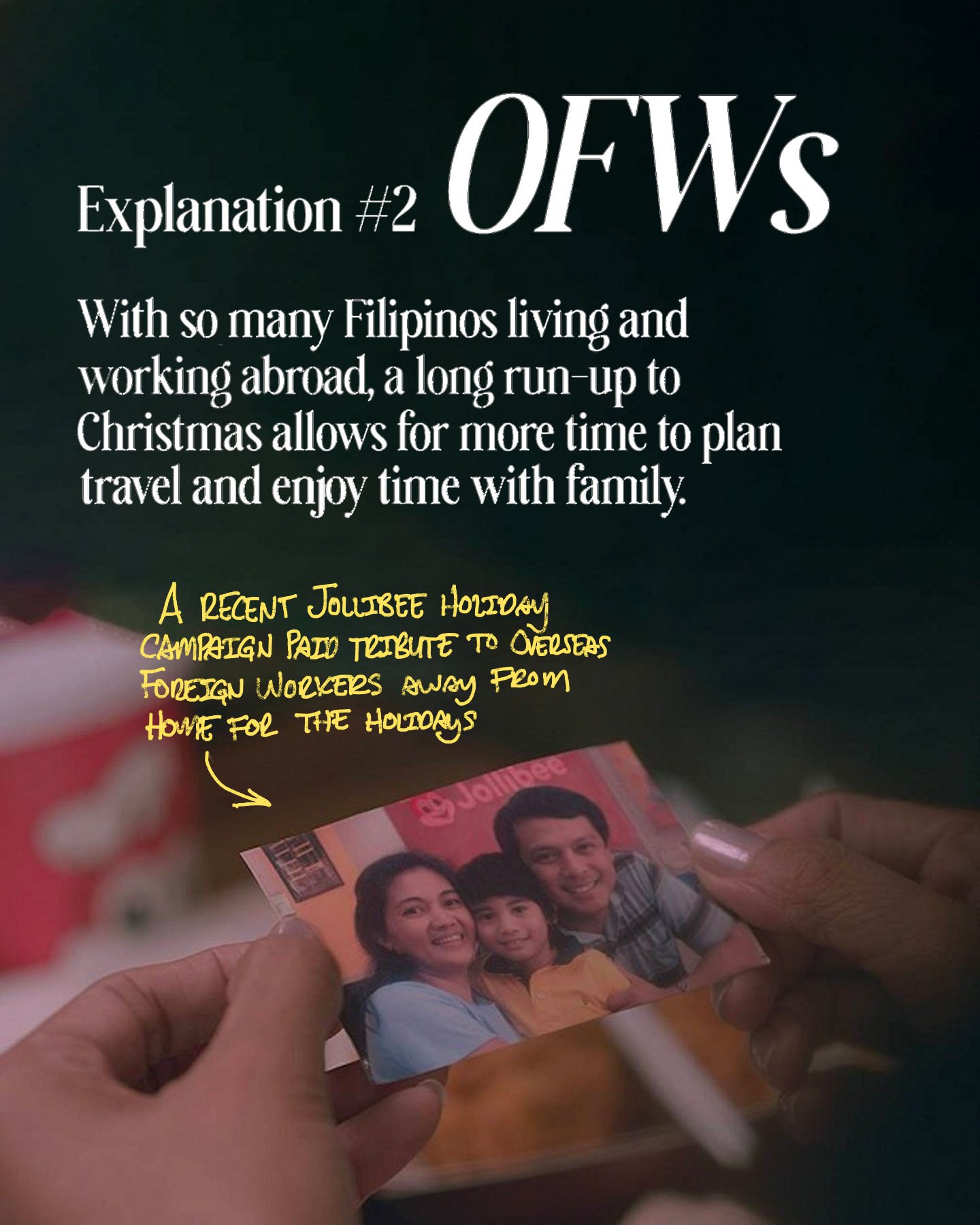
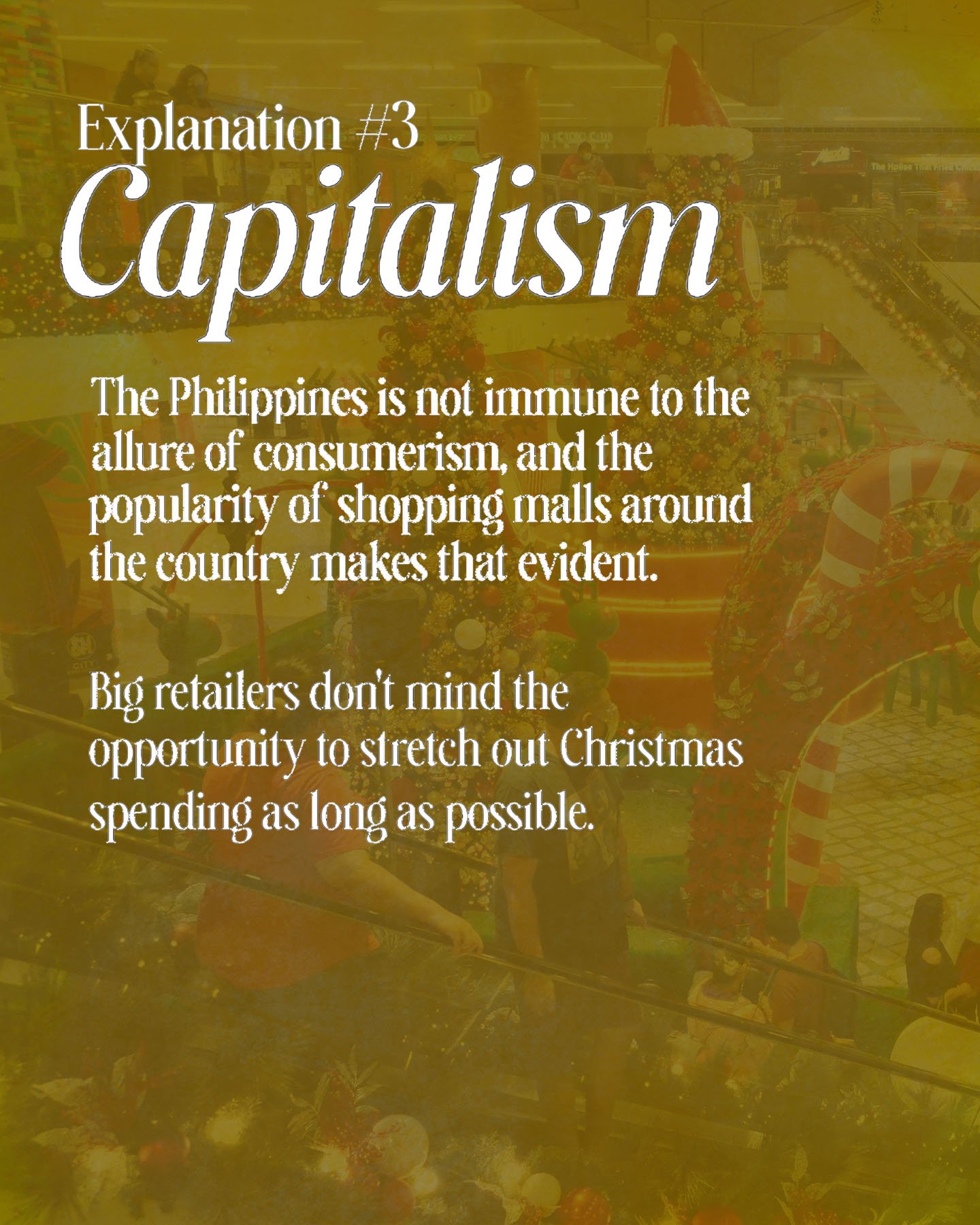
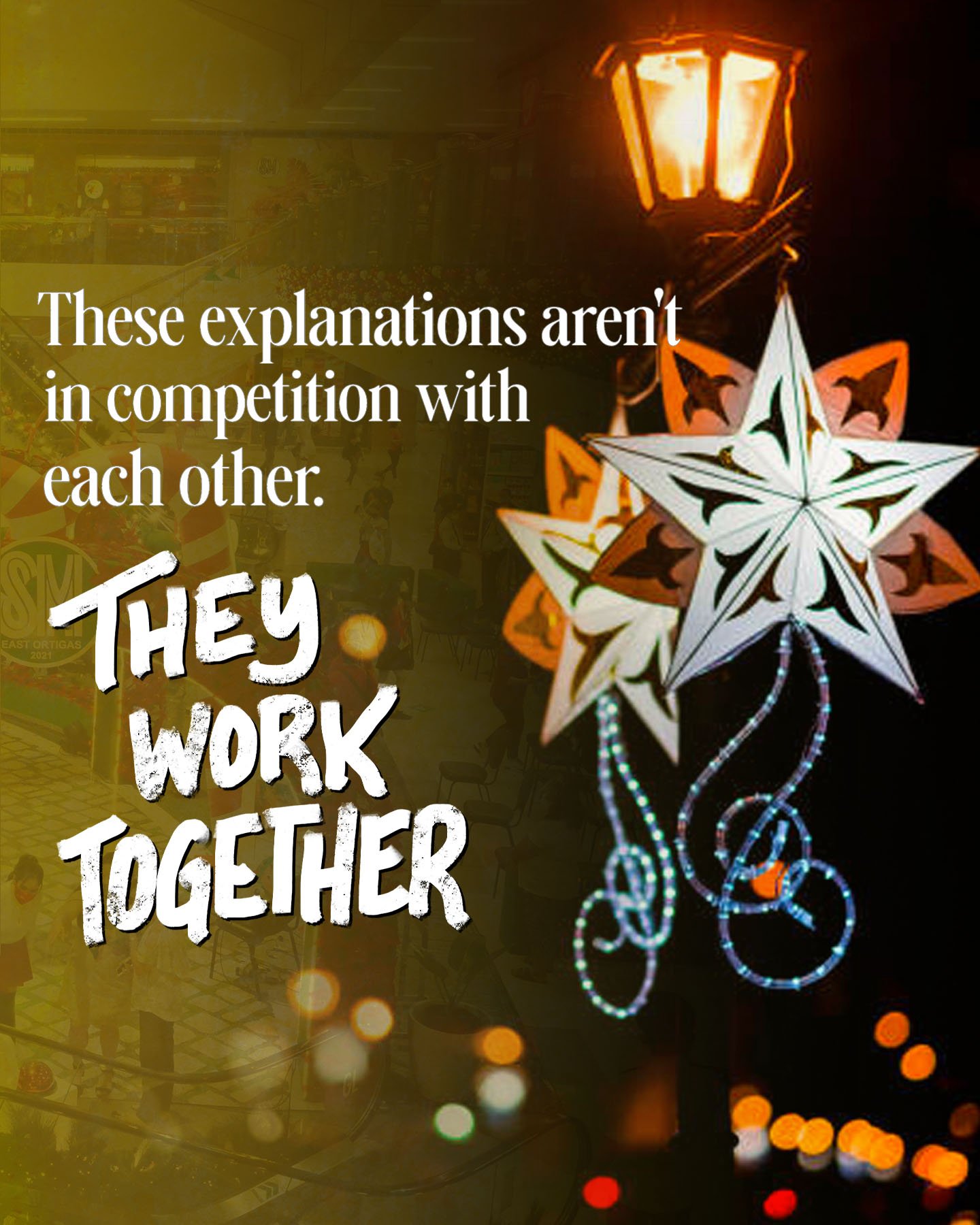
Filipino Christmas szn is here!
IYKYK, but if you don’t, the second September shows up, the Christmas decorations come out in the Philippines. For a long time, it’s been one of many little Filipino quirks I find amusing. Even people who love Christmas season find the early start a bit too punctual. As always, there’s more to the story.
There are a number of different things that probably contributed to this trend being what it is, some of which are even older than Catholicism in the Philippines. And once this became a thing… there’s really no going back!
The Most Extra Fluffernutter
I’ve always been a fan of the fluffernutter sandwich. The richness of peanut butter topped with the lightness of marshmallow fluff. But I’ve also always wanted to try to take this goofy after school snack and make as sophisticated of a version of it as possible.
Japanese milkbread. Spicy gokujang peanut butter. Strawberry toasted marshmallow fluff.
What went well: 🥪 The inside of the sandwich for the most part. I think I nailed that peanut butter, getting that perfect balance of salty, sweet, and spicy with the crisp texture I like. The marshmallow fluff and strawberry dust also came together really well and torching it went as I hoped it would.
What didn’t: 🥪 The bread. Bread is hard when you have a life prone to interruptions. I had to try and rescue overproofed dough and baked under time pressure. The result was way too dense for milkbread. Later used the rest of the PB & Fluff on store bought brioche which was way better.
Bricks & Pollution in Bangladesh
I came to Bangladesh primarily wanting to talk to people engaged in solving its biggest problems. The most inescapable challenge, particularly in Dhaka, is air pollution. The city routinely ranks as the most polluted in the world.
Surely there was somebody with a plan. A strategy to change this.
I found out that the primary culprit for the pollution were Dhaka’s brick kilns- there were over a thousand of them around the city. At any given brick kiln, you could find hundreds of brick workers, people who took these difficult and dangerous jobs because their rural livelihoods were lost to climate change.
The irony was that Dhaka needed to produce so many bricks because it was growing quickly, but the reason it was growing so fast was because of all the climate migrants arriving to replace their farm income with jobs like these.
A solution to the pollution in Dhaka might not necessarily begin in Dhaka. Anything to lessen the threat of climate change curbs migration, the pressure on Dhaka, and the risk of people working under such harsh conditions.
Climate Storytelling
I love what I do because…
…I love people. And places. And getting to tell the story of how different communities are confronting a planet-wide crisis is both a way to engage with people and places, while doing my small bit to protect them.
…I’m a believer that solutions need as much attention as problems, and when you don’t present solutions, you end up creating a sense of fatalism and helplessness. The few but powerful people who profit from destroying the planet benefit greatly when we give in to that fatalism.
…I’ve always had a hard time choosing just one thing to be interested in. But climate touches everything! From local foods to traditional instruments to wildlife and customs and festivals.
…honestly, it’s fun. The climate crisis can be heavy and anxiety-inducing. I am even more concerned about it because I know by name people who are directly harmed by it. But I am also a big believer in the determination and innovation I’ve seen in communities all over the place.
So thankful I get to make a life from storytelling!
The Buriganga
Bangladesh was shaped by its rivers. The city of Dhaka grew on the banks of the Buriganga. Newcomers are arriving by boat every day.
At the river, I encountered many migrants to Dhaka. Climate migrants. As much as the rivers hold record of Dhaka’s history, they’re still major players in its current day evolution.
The Buriganga is one of the most polluted rivers in the world. During my visit, I was hoping I would find a person, an organization, or a community group that was enacting a viable solution for cleaning up the pollution from the river. Unfortunately, I never found anyone. However, I did learn that a lot of solutions, to the crowds in Dhaka, to the burden placed on the river water and air, can be enacted a little further upstream. Outside of Dhaka. In the communities that were being left behind by people in search of better opportunities
A Better Version of Yourself
Becoming a better version of yourself. It’s what we’re all working on, right?
The funny thing is, people commit to intensive workout plans, spend big bucks on conferences, and read one book after another, while often overlooking one of the simplest ways to be a better version of yourself.
Not being in a hurry.
When I’m in a rush, I’m not taking all the opportunities to fully take in life, to be in touch with my surroundings, or to reflect on what’s happening to me.
When you’re in a hurry, you’re the most likely to be short-tempered with people, unforgiving, and insensitive to what they’re going through.
Pump the brakes! It’s a simple but powerful way to be the best version of yourself.
Somebody Else's Ordinary
You go to a new place, a new environment, and every detail pretty much jumps out at you. The tone of the sky. The vehicles you don’t see anywhere else. The energy and pace of life. It stands out as otherworldly. Every new sensation is an invite to ask new questions, occasionally ones you ask out loud.
It’s different. But to everybody else out there, it’s normal.
If you were to approach even the most mundane task with fresh eyes, there’s nothing mundane about it. Take a toddler to a barbershop for the first time for a perfect example. We forget about this when we’re in one place for too long, kind of like how most people don’t recognize the smell of their own house as anything other than neutral.
I love being somewhere I’ve never been, at least partially because it makes me rethink my idea of ordinary. If all these details to me are a novelty, then that’s true in the reverse direction. My ordinary life, the parts I take for granted or think of as unamusing, would be mindblowing from another point of view.
Album Bracket
I have always loved brackets. In school, I would make brackets for all kinds of things to entertain myself in class. Now they make filters for these sorts of things… like best album!
By the way, is it common knowledge now that Kendrick’s albums are all themed after different mediums?
Good Kid MADD City has the feel of a lo-fi hip-hop movie. DAMN’s header and the packaging of its lines mimic a magazine. Listening to Mr. Morale feels like sitting in a black box theatre, listening to a two-actor performance.
If that’s the case, I’m really hoping the next album goes full nineties sitcom.
More to the Philippines
I would love to bring the kids back to the Philippines, again and again, every few years. And that’s kind of the plan!
Part of the reason, of course, is so they grow up with a relationship with the place our family has roots.
But also, because there’s so much to the Philippines and I feel like there’s still so much to it that I have yet to see.
Since I’m typically there visiting family, I’ve gone to the same spots on repeat. And there are so many other areas I’d like to get to know. The south. The mountains and Baguio. Palawan. Hopefully on each return trip, we can add on something new to the already familiar.
The Rise of Bangladesh
I don’t think any country has had a growth trajectory during my lifetime quite like Bangladesh.
In just a few short decades, it pulled itself from one of the lowest rungs on the ladder of poverty, to a soaring economy.
Some predict that Bangladesh is on its way to continue this rise, and will being a trillion dollar, upper-middle income country by 2040, surpassing Thailand, Vietnam, and the Philippines.
But to get there, it will have to contend with a few things. Like climate change, and the fact that in order to keep growing, many Bangladeshis were subject to really difficult lives.
No Manufactured Urgency
A few years ago, someone shared with me a document about supremacy in the workplace, and one of the symptoms that stood out to me was the tendency to manufacture urgency.
In American work culture, there’s a tendency to liberally label things as urgent. It’s as though our work systems don’t know how to function without the element of urgency. Once I became aware of this, I started to notice it everywhere.
So much of the stuff we consider urgent on a week after week basis is simply made up. When you start to ask the question, “is this really urgent?” you start to find out how over-used this label is.
For a while, I’ve practiced being really stingy about calling things urgent, and it’s worked out quite well.
Waterfall Slide in Colombia
This is the oldest photo on my camera roll.
I’m in Colombia. I had just spent my morning interviewing former combatants about the war. Now, I’m about to go down this waterfall in my underwear because nature just served up the perfect water slide.
It’s 2019. Rhys is on his way, but it’s early in the pregnancy. I said yes to this spontaneous invitation to Colombia, knowing how much harder it’ll get once he’s born.
I feel like my truest self in this photo. The contrast of that morning and that moment matches the weird blend of heavy and light that I want in my life. And for the next few years that followed, it would be really hard to get back to this state. A year of a pandemic and social upheavals and three kids in two years will do that.
None of us are really who we were 4-5 years ago. But as I get more opportunities to reconnect with my true self, it’s been really a journey to discover what that looks like now. I still want to hold space for the challenging parts of life while still not taking myself too seriously. I want to honor adventure, while also being totally present for the incredible parts of ordinary life. It’s a steep learning curve… but at least some things are clear. Like the fact that I’ve never regretted jumping in swim holes along the way.
Storytelling is a Climate Solution
“We’re often presented with the climate crisis through the lens of macro level trends and global statistics. These things are very useful in the right context, but if that’s our primary way of engaging this crisis, it creates this layer of distance between ourselves and those most affected by it. It makes it harder for us to tap into our own emotional connection and deflates our motivation to take action. What we’re left with is a flattened image only marked by the most disturbing headlines and reports.
These things are often true, but they also lack the depth that tells us what we can do from here and where to go next. We can’t develop and implement effective solutions if we don’t have proximity to the people who are most affected by a problem until we’ve heard their stories and engaged their perspectives.”


